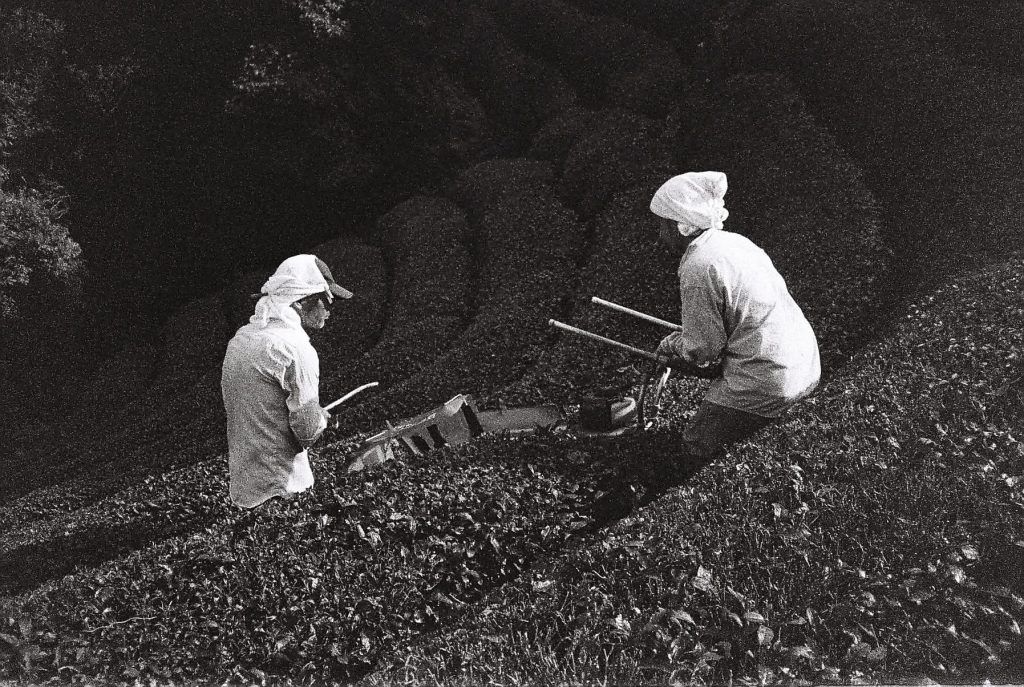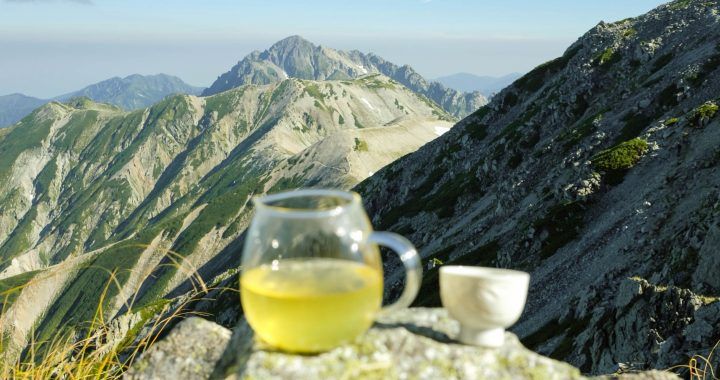Spotify Wrapped tells you how many minutes of music you’ve listened to this year, but if Japan had a “Summer Wrapped,” it would surely read: “You have produced 86 liters of sweat.” Jokes aside, summer farming wasn’t as bad as I’d anticipated. Honestly, breaking a big sweat felt like a good sauna session. It’s quite literally a Turkish hammam (80–90% humidity, over 30°C) 24/7. Hey, enjoy Japan! But at the end of the day, after a shower, that post-physical satisfaction makes you feel incredibly refreshed and cleansed. Maybe it’s just me, but the feeling is unbeatable. The worst part of summer, however, are the hornets. I don’t mind the other creatures much — even the creepy mukade (centipedes) are less terrifying than the suzumebachi. Yet, a passion for tea fields and love for Wazuka keeps one from being scared away from the farming quests. Never!
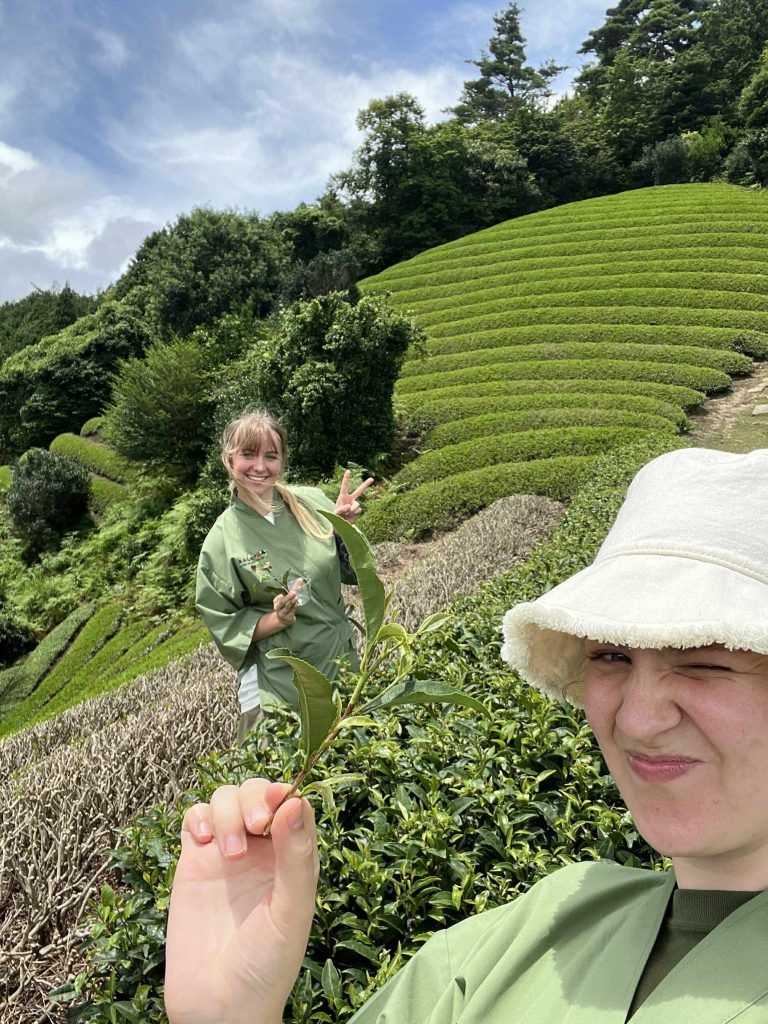
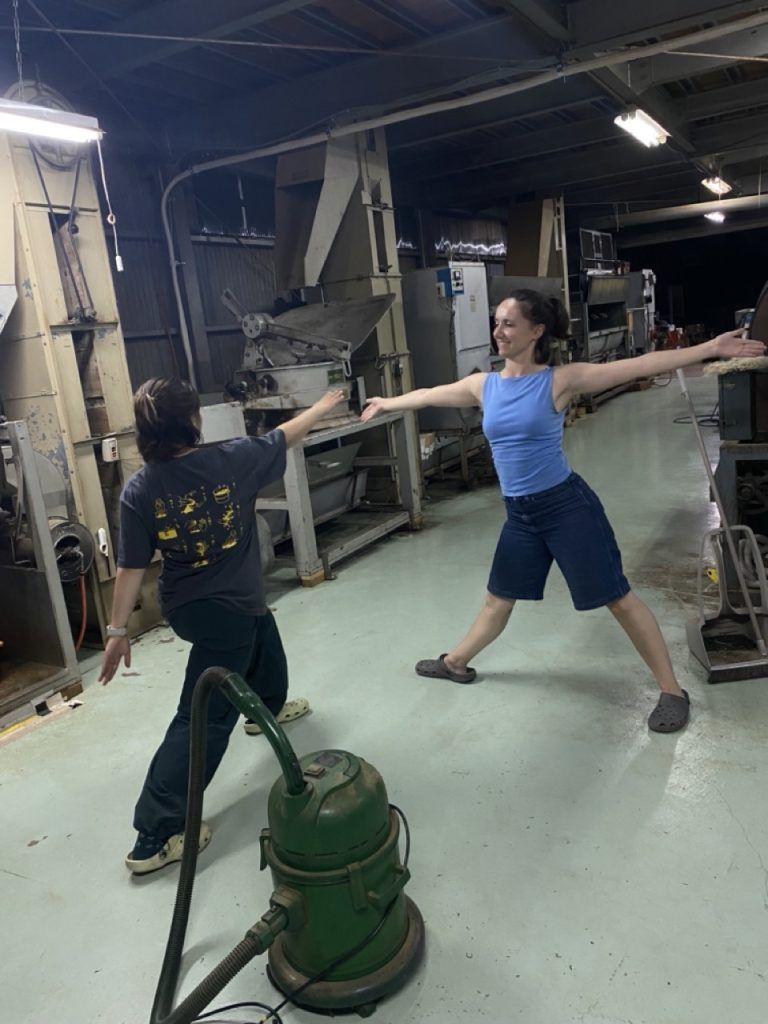
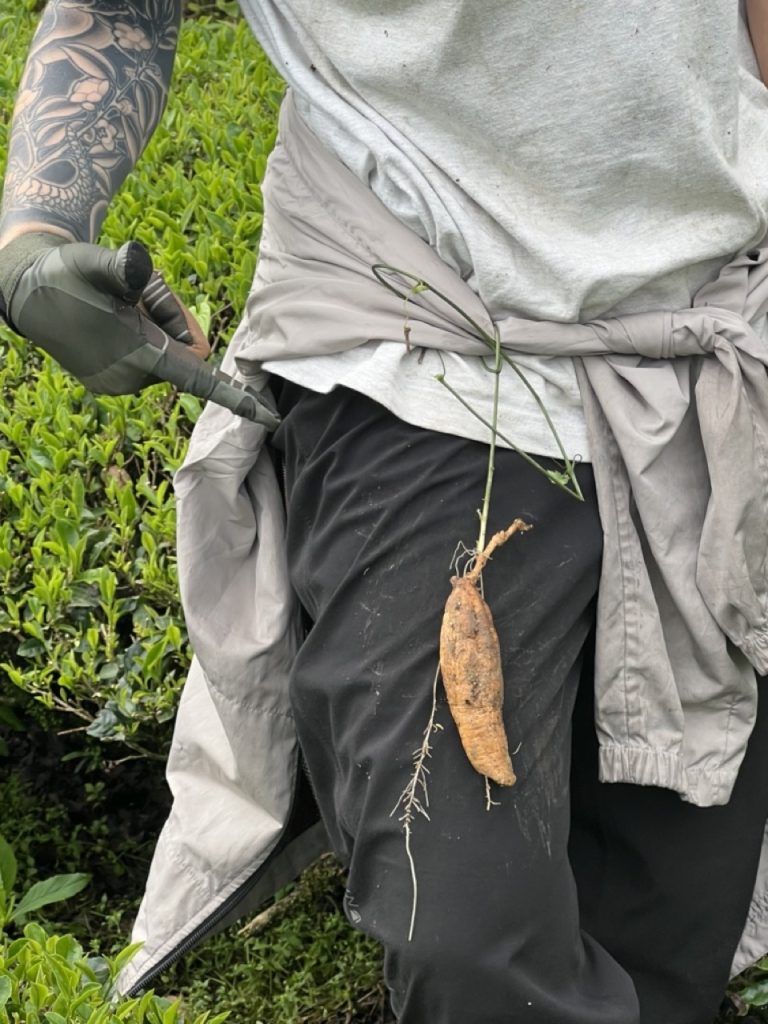
Yoshidayama Tea Festival
What started as an innocent tea festival — tasting plenty of delicious teas from all over Japan — ended up involving lost wallets, an onsen trip to Mt. Kurama, and fire ramen. Yes, ramen literally on fire. Thank you, Zehra, Sky, Mia, and Alex!
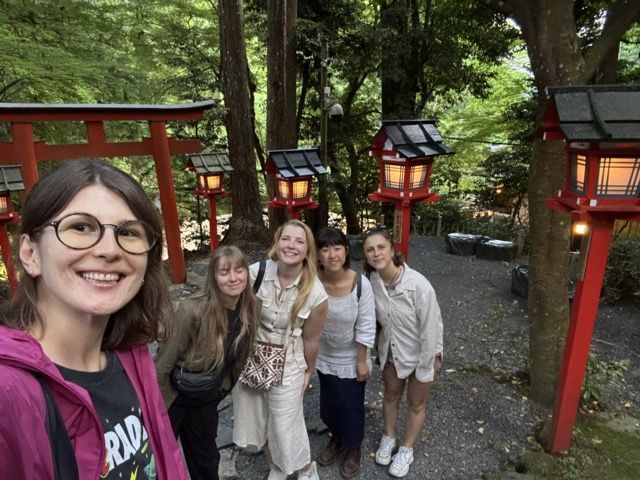
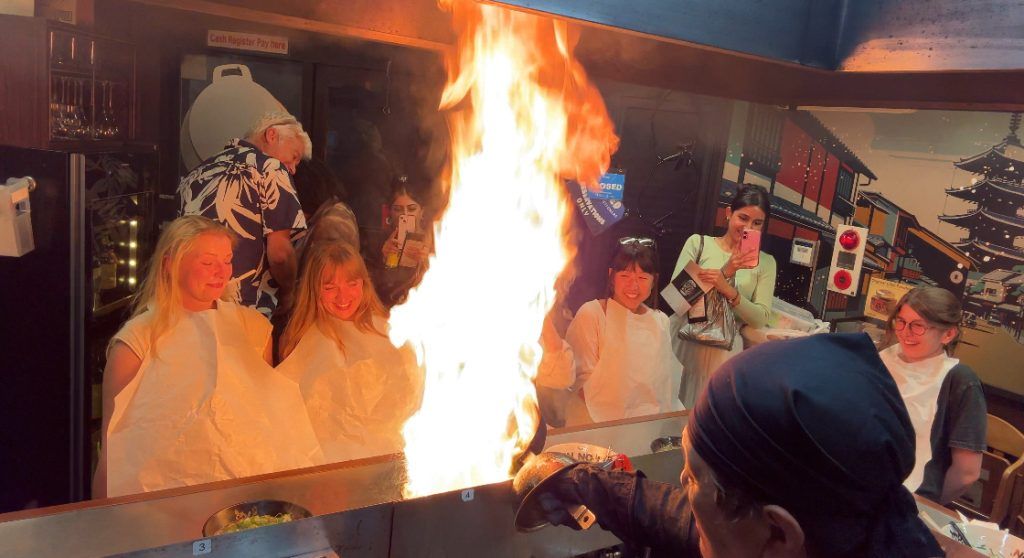
More Harvesting: Bancha, Summer Tencha & Sencha
If you have read my spring blog, I probably do not really need to mention again how much I love harvesting and processing, do I? Thus, this time concisely, summer has also brought a lot of special moments shared with everyone making tea. Here is a wee gallery to walk you through those beautiful throwbacks.
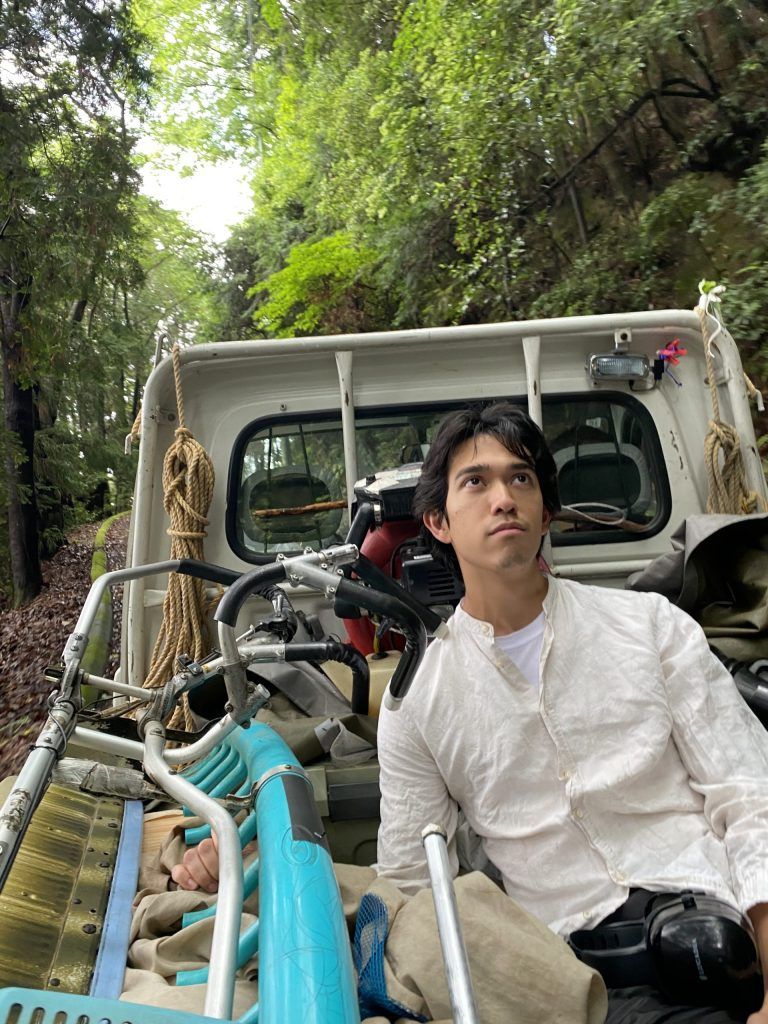
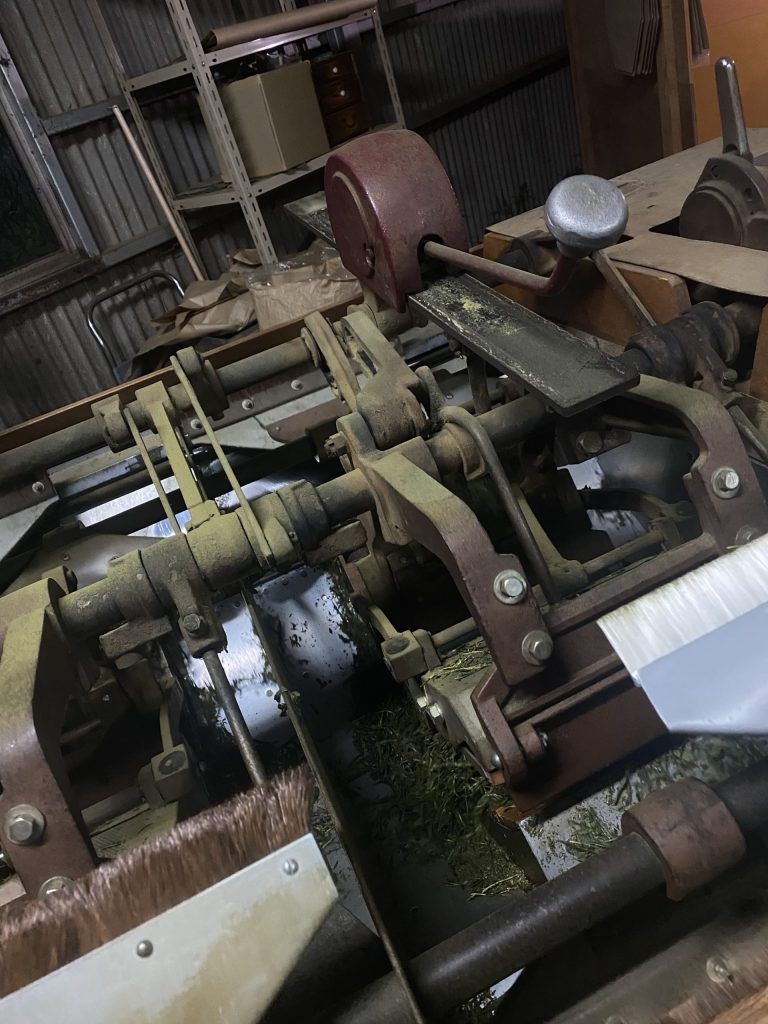
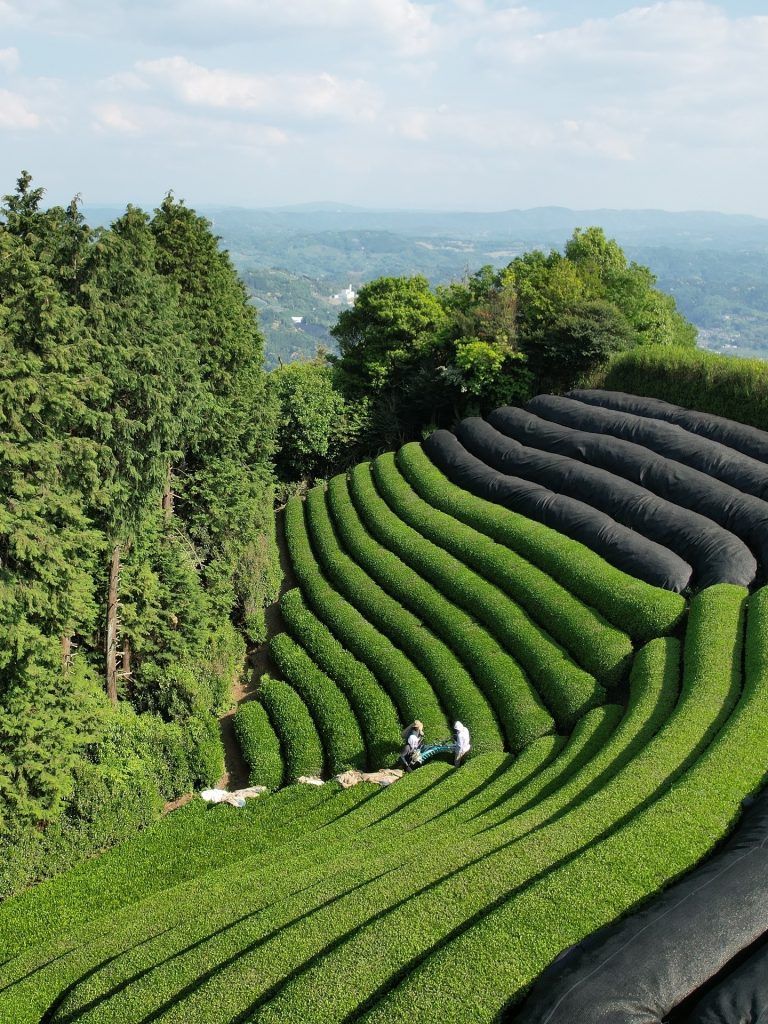
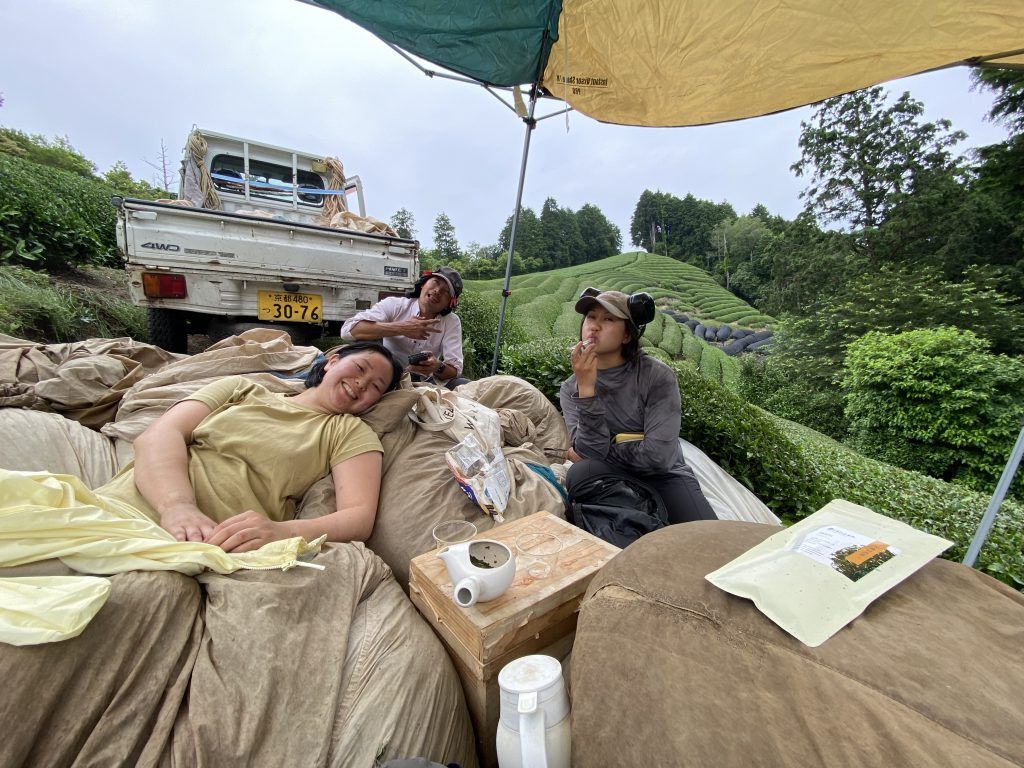
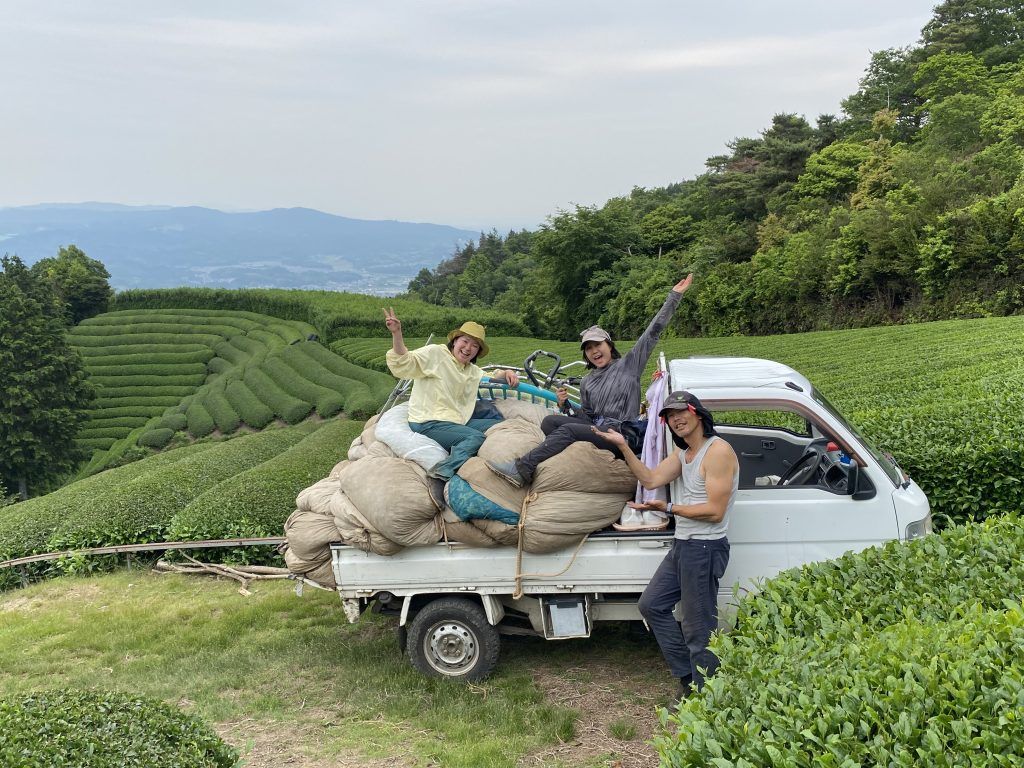
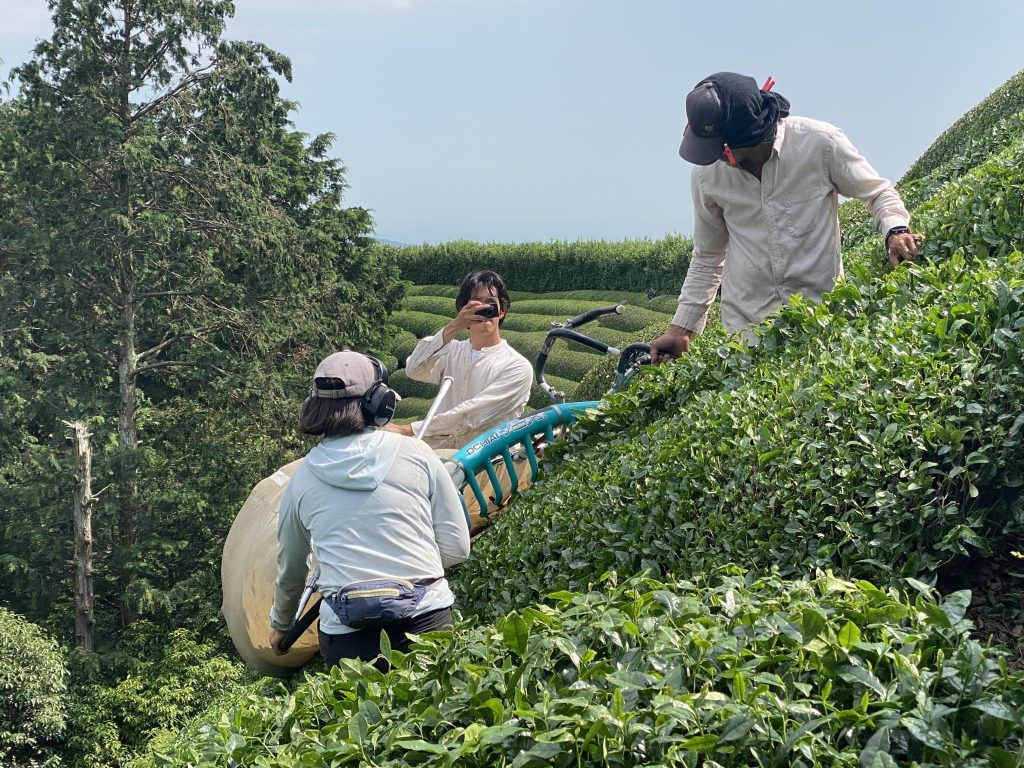
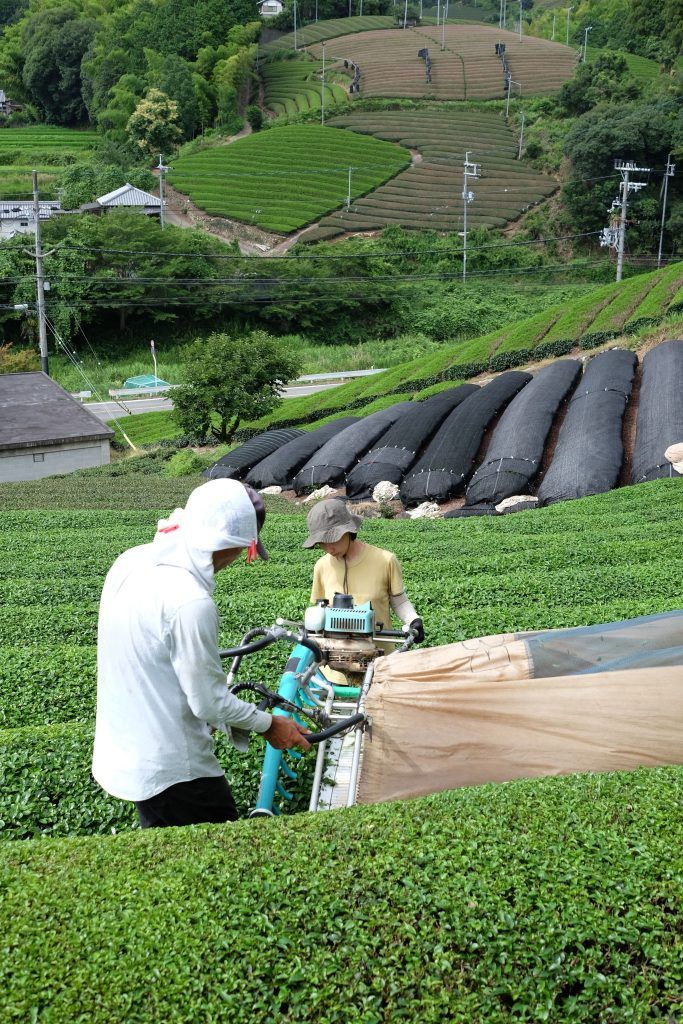
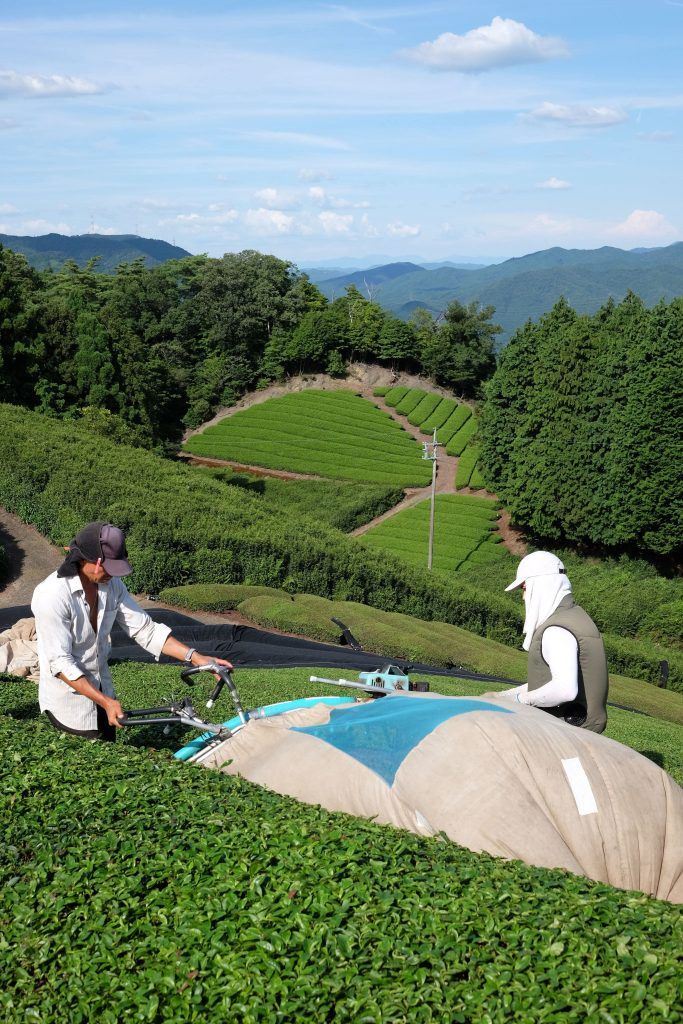
TEA MUSCLES
It’s hard to put into words how excited I was about this spontaneous idea of photographing everyone’s tea-farming muscles. If you know me, you might’ve heard the lore — I used to do martial arts and crazy physical training during university, so I’ve always loved feeling strong and empowering others to feel that way too. After the spring harvest, we’d all gained a fair bit of muscle mass — though none of us have quite reached Akky-san’s 30-years-of-farming physique. Garance ended up starring in most of my muscle photoshoots (those biceps!), and now I can’t help but think we need to make a tea farmer muscle calendar. How badass would that be?
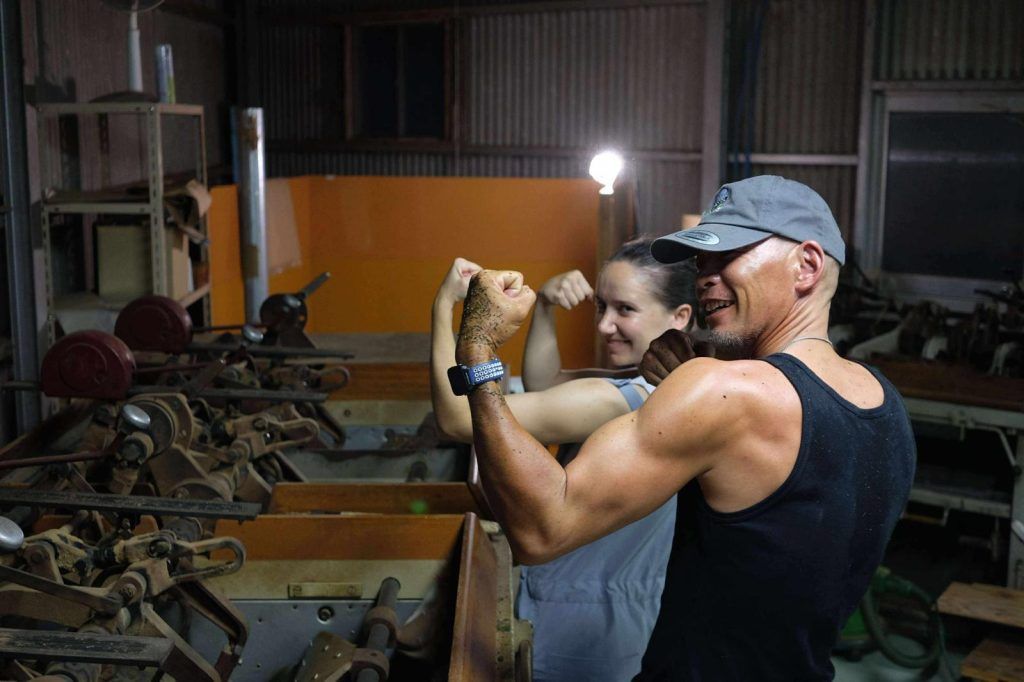
Chakabuki
Assisting Akky-san with his chakabuki events for interns has become a wonderful routine — prepping teas, teaware, tasting sheets, and setting up the room for a tasting competition that’s both serious and hilariously unserious. One of the first sessions this summer featured cold-brew shincha for the first two rounds, then 10g, 8g, and 5g brews. Each of the five rounds ended up wildly different — a real challenge. Later ones were more conventional, but someday we would love to try a tencha or wakoucha chakabuki!
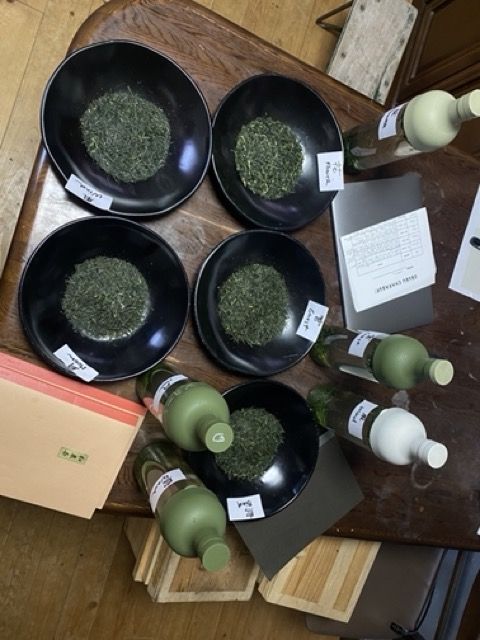
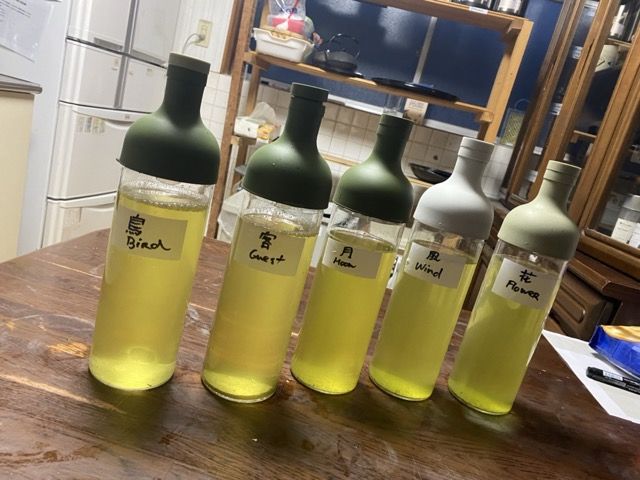
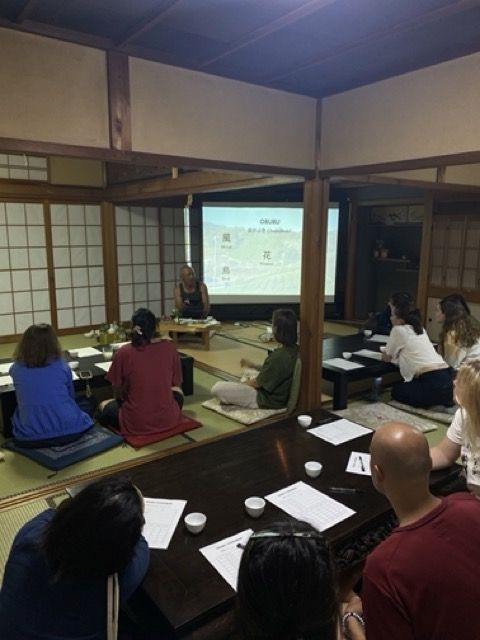
A LOT of Weeding
It probably took us at least a month and a half — maybe two — to finish weeding the new Inari tea field in the Monzen area. After cutting back the 100-year-old abandoned zairai bushes in January, they’re recovering well, but since they haven’t yet regained the iconic manicured tea field shape, weeds thrive. Hence: jungle mode, and we became brave Weed Busters. Between Inari missions, we also helped maintain some of Akky-san’s other fields.
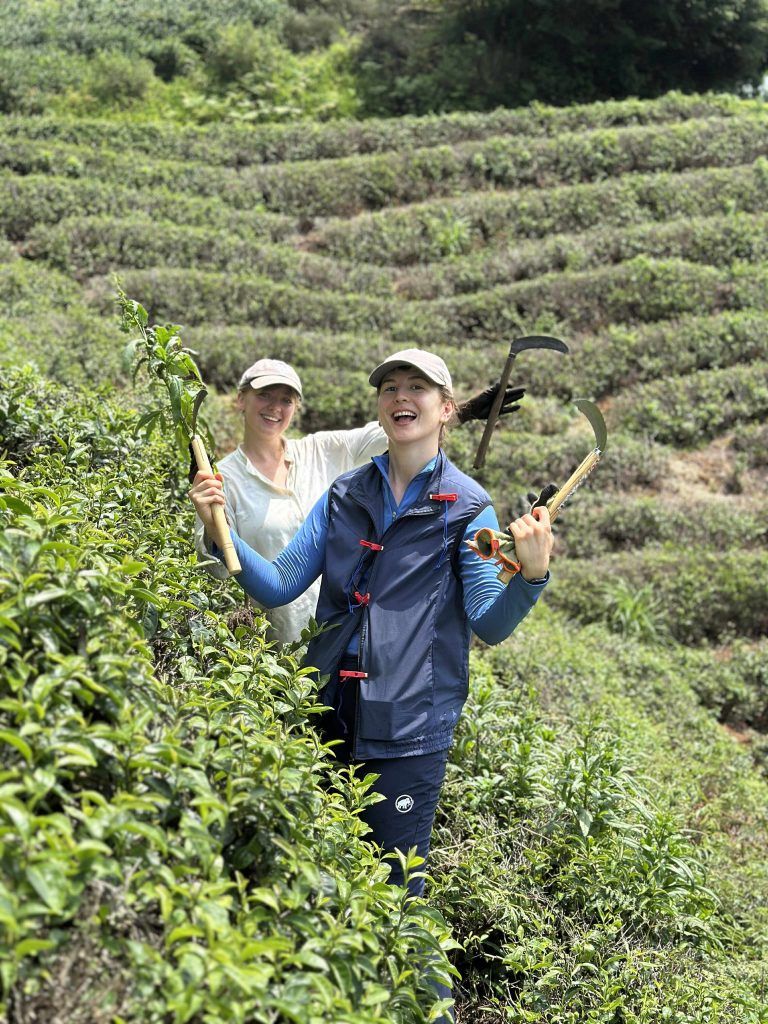
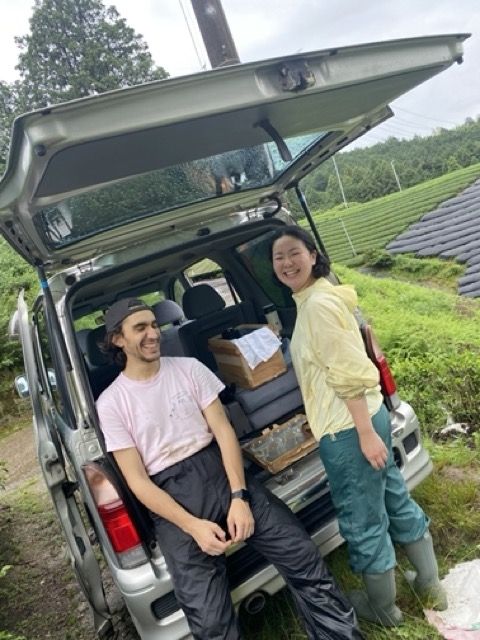
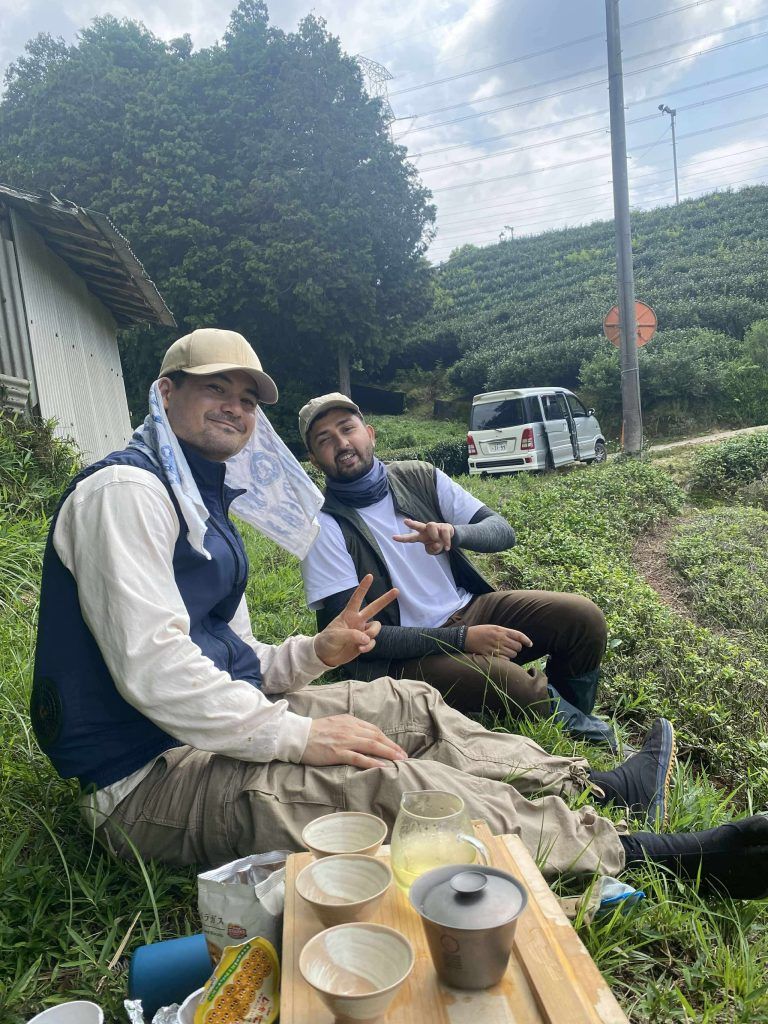
New Interns & More Graduations
This summer we were graced with interns from all over — Marusya (Ukraine), Milan (India), Kirill (Russia/Georgia), Mareike (Germany), Mai (France/Vietnam), Trey (US), and Andreas (Denmark).
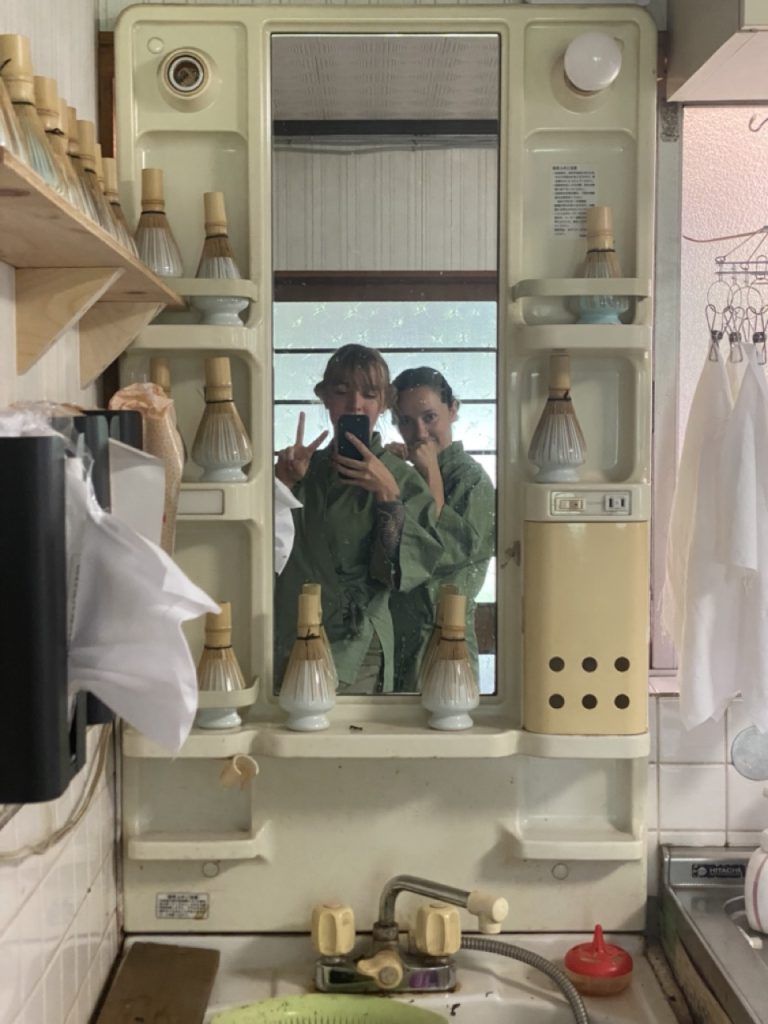
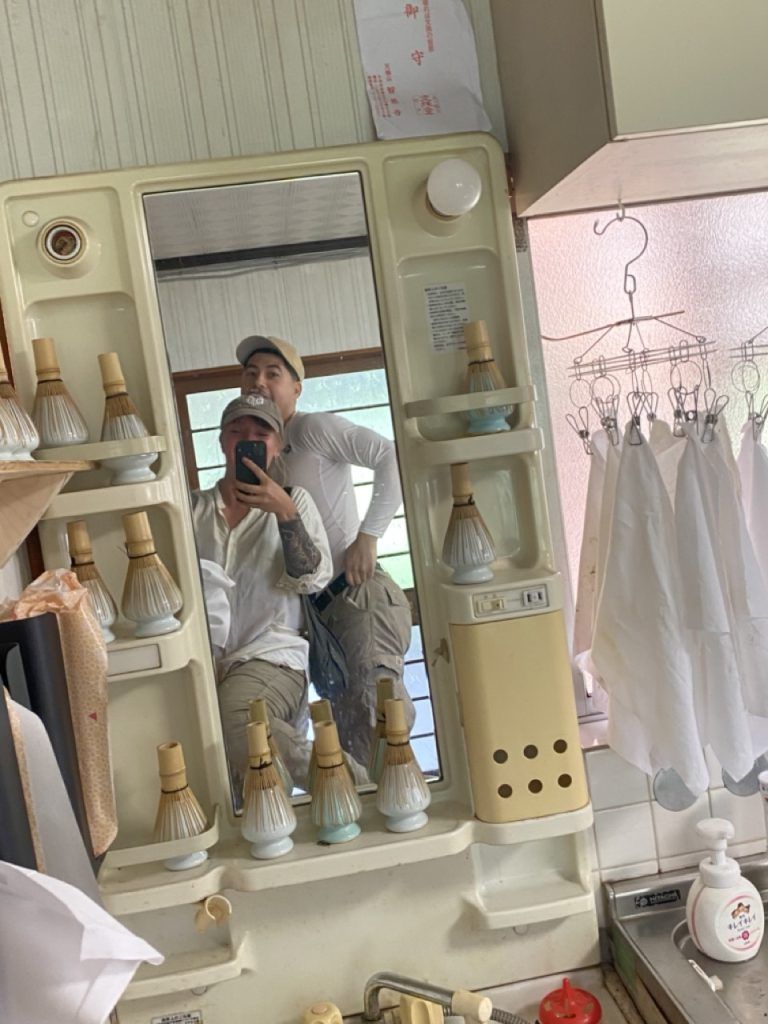
For the graduation of Izzy, Garance, KD, and Zehra, we produced the Tea Academy Awards, complete with an Oscars-style statue of Akky-san holding a harvesting machine. For the next slot of interns, we created another performance with a cinema theme.
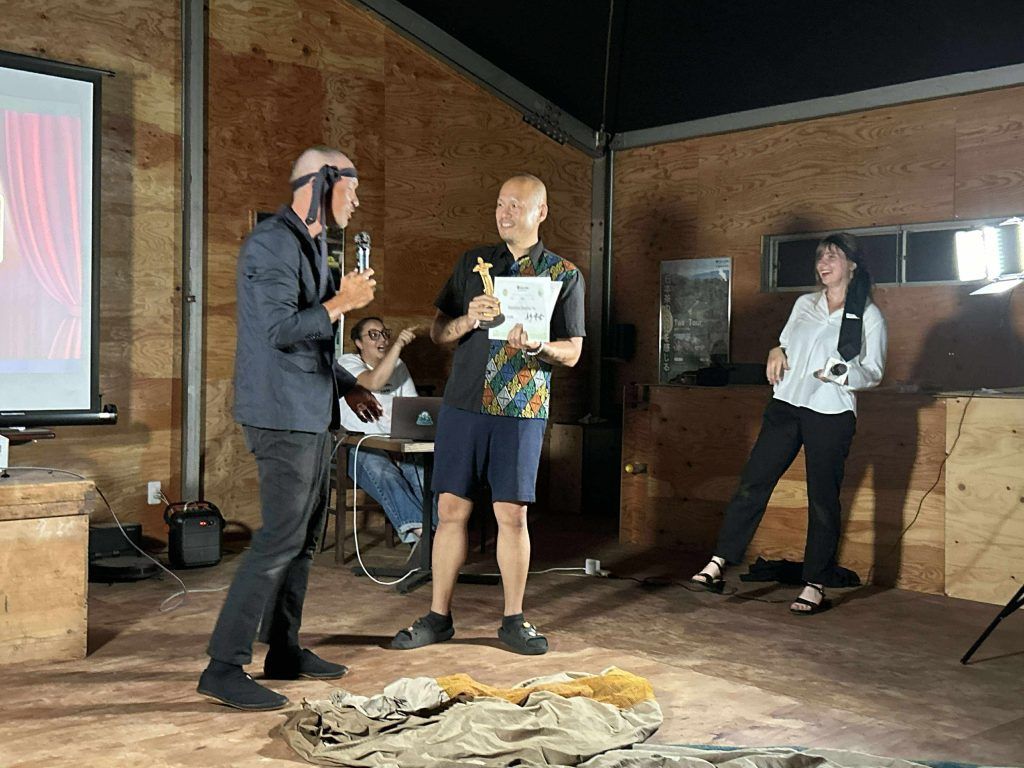
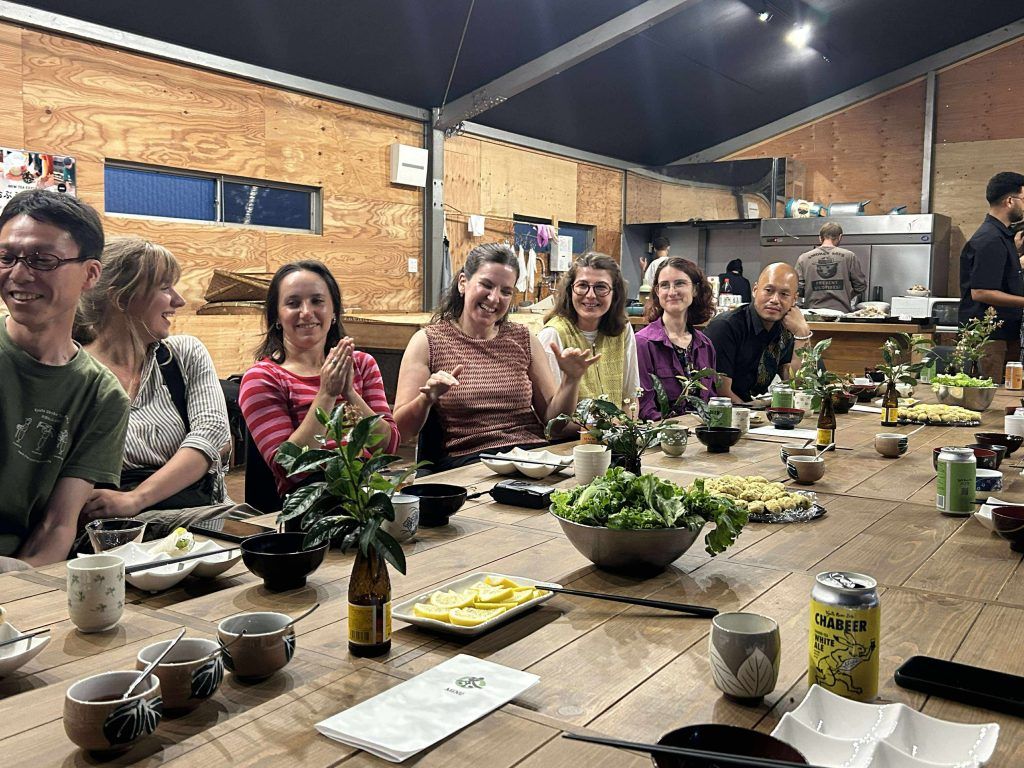
These graduations keep getting livelier, and we’ve been doing our best to put on a real show. It might be one of the rare occasions where Akky-san and I wore suits — and the not-so-rare ones where we wear horse heads (nandeyanen!). Those productions became truly special memories: brainstorming, rehearsing, and late-night video editing with my lovely co-assistant managers Marilena, Mia, Nicole, and Tran, as well as Akky-san.
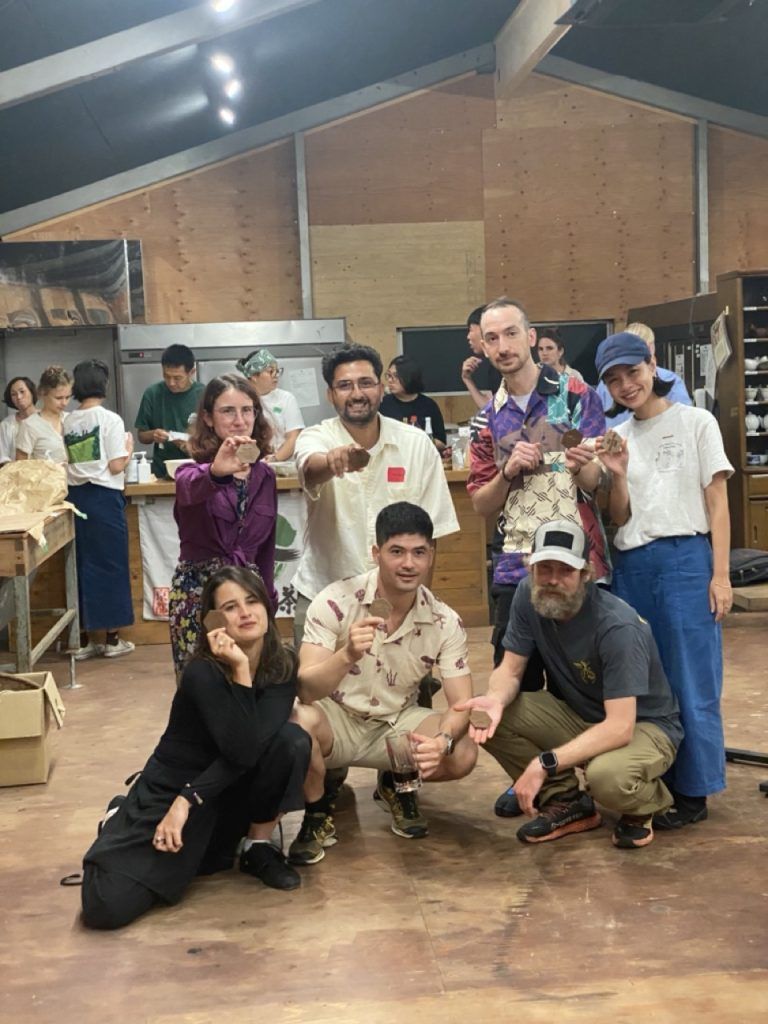
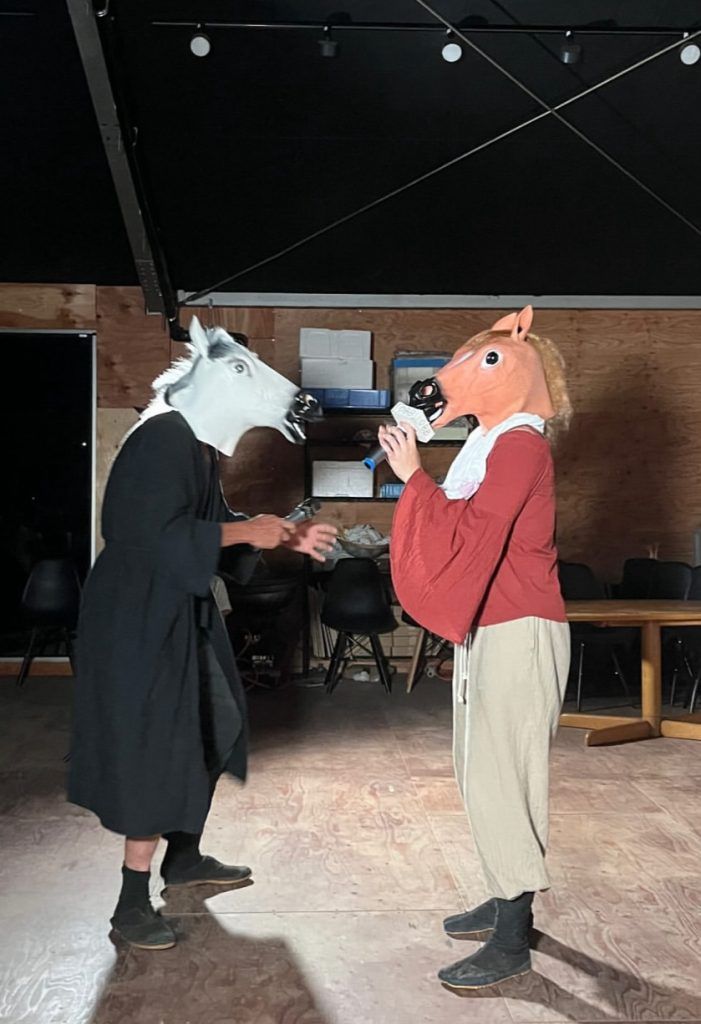
Summer Trimming
Have another gallery instead of excessive words of how cool is farming. It will surely convey more than words could.
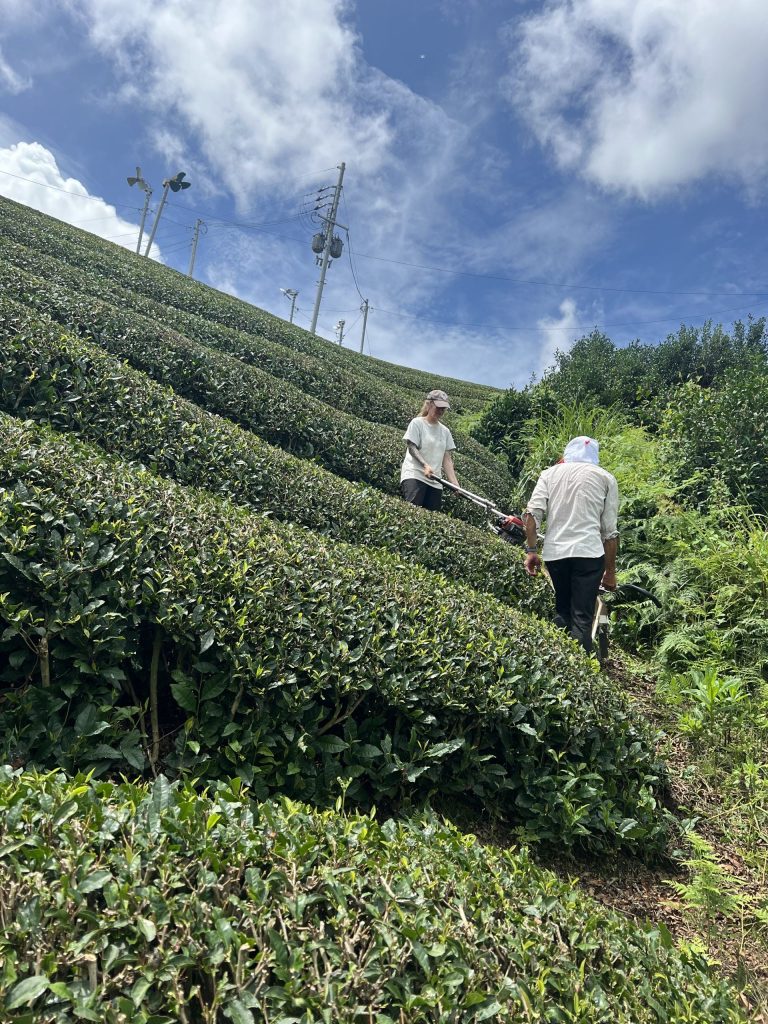
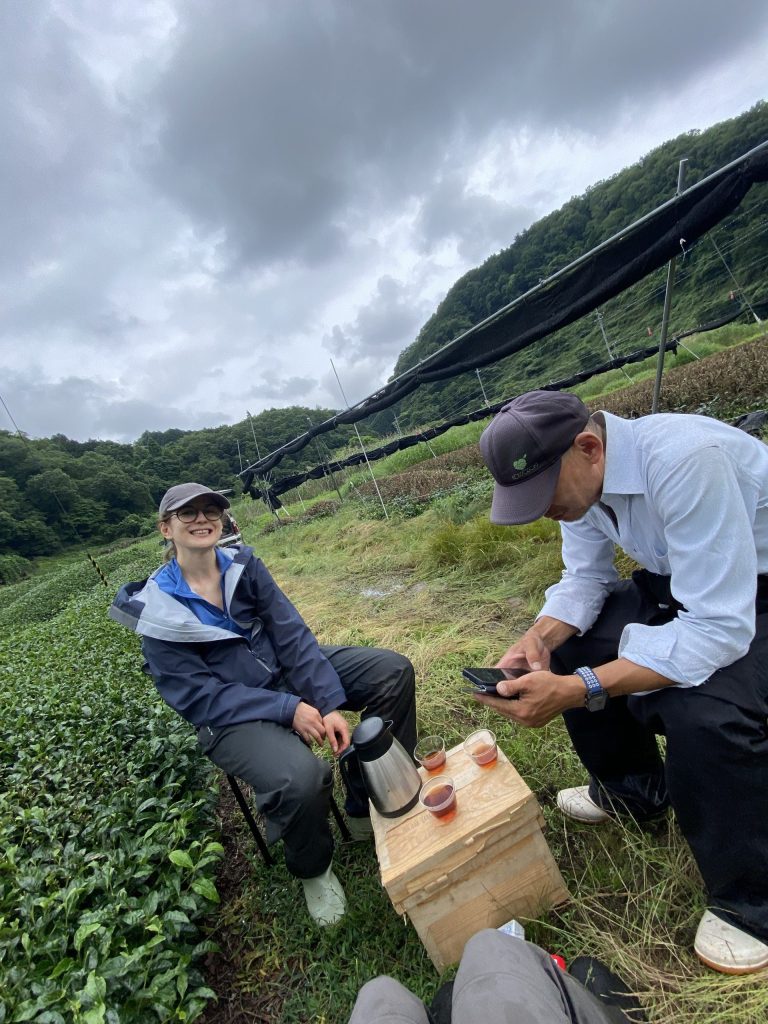
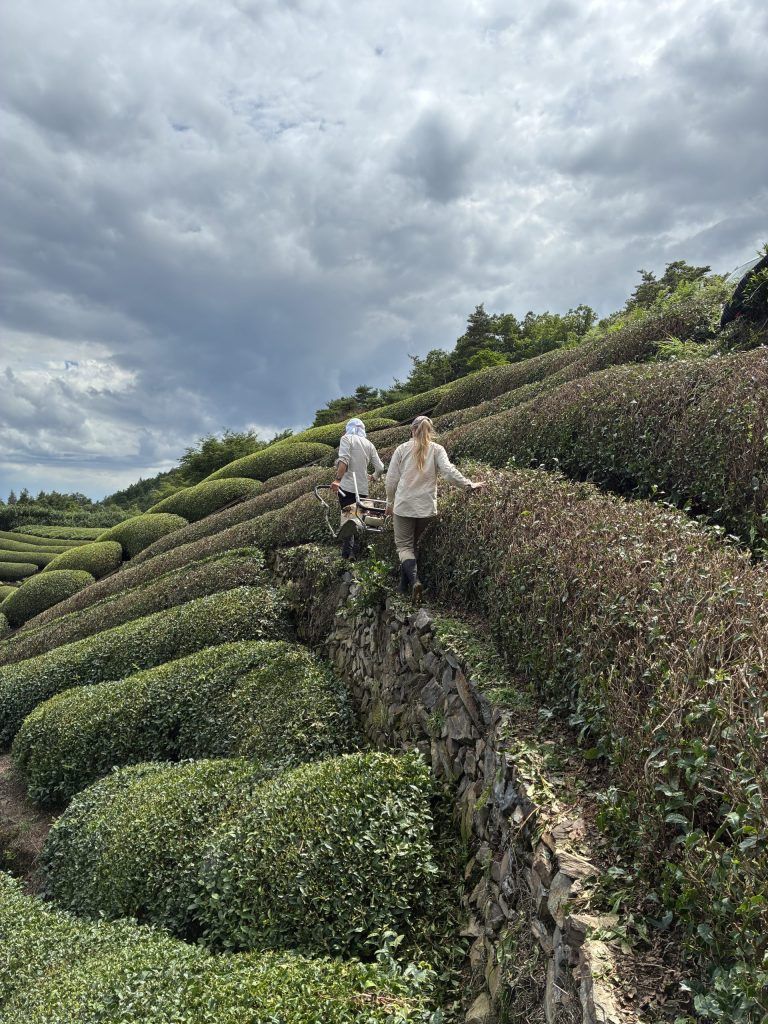
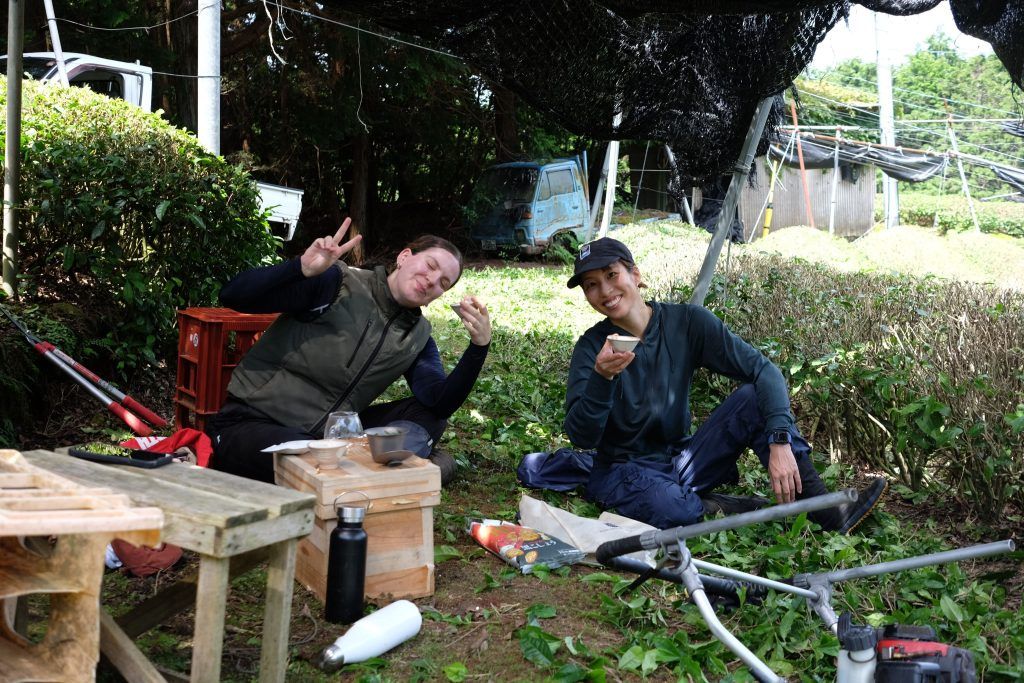
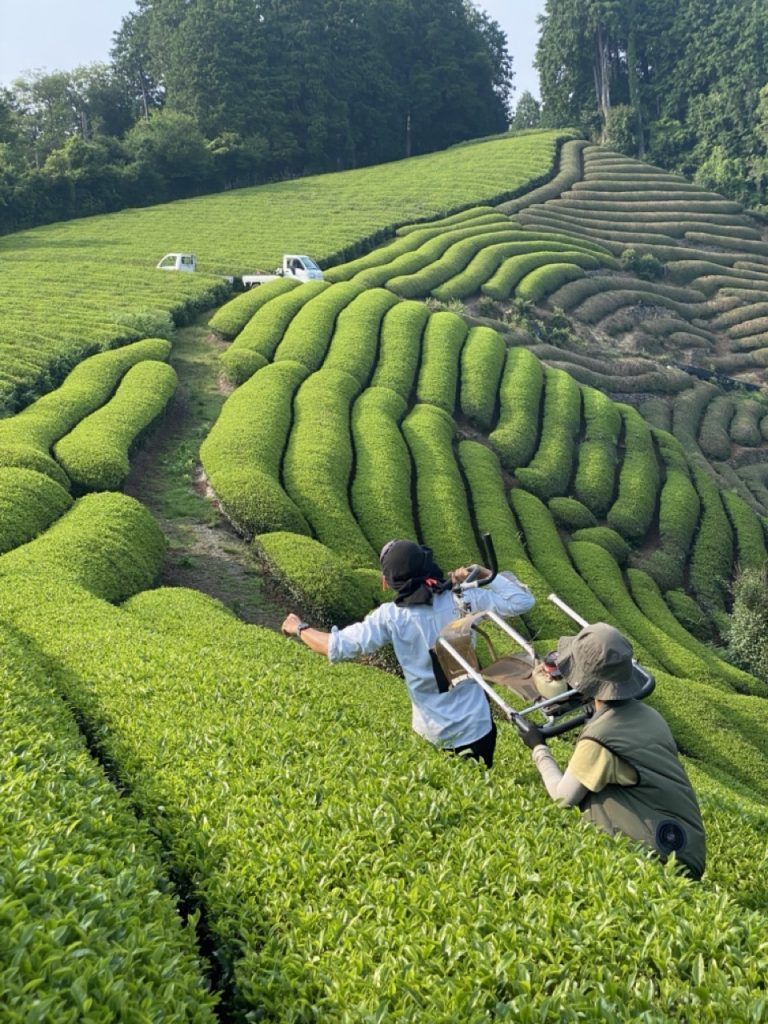
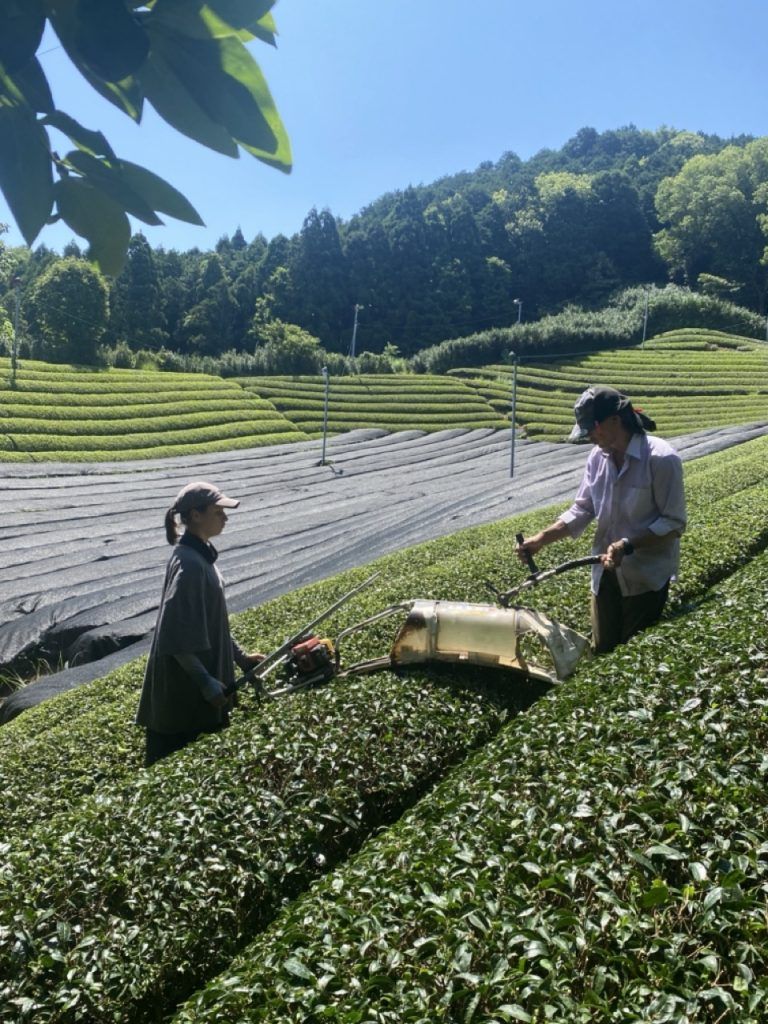
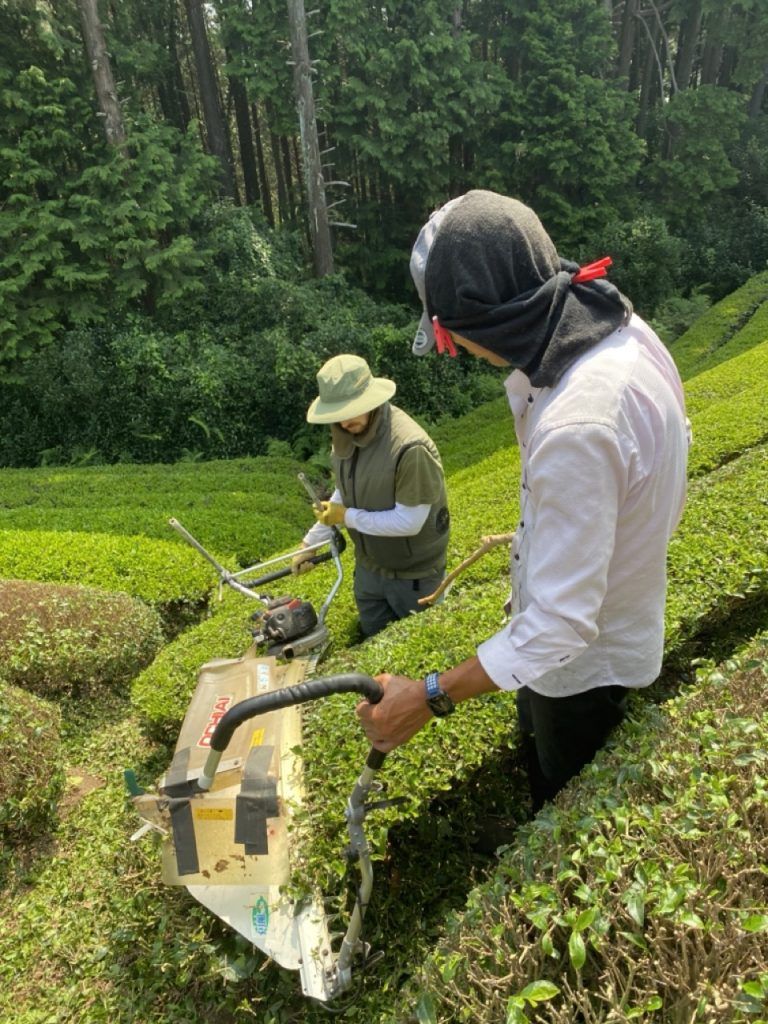
Gozaishodake & Gushing Brook in a Gushing Brook
Summer offered a bit of time for mountain getaways to clear my mind. Despite the heat, I decided to tackle some vertical routes while carrying litres of water, tea-ware, and camping gear. One weekend, I camped at Gozaishodake — one of the Suzuka Seven summits between Mie and Shiga. After the spring harvest, I started a small tradition: bringing one of our freshly made senchas to brew at the summit. I’m still dreaming of turning it into a photo series or guide on how to brew tea outdoors. We’ll see. Later, in September, Miwako-san and I also hiked Ryugatake, another of the seven peaks.
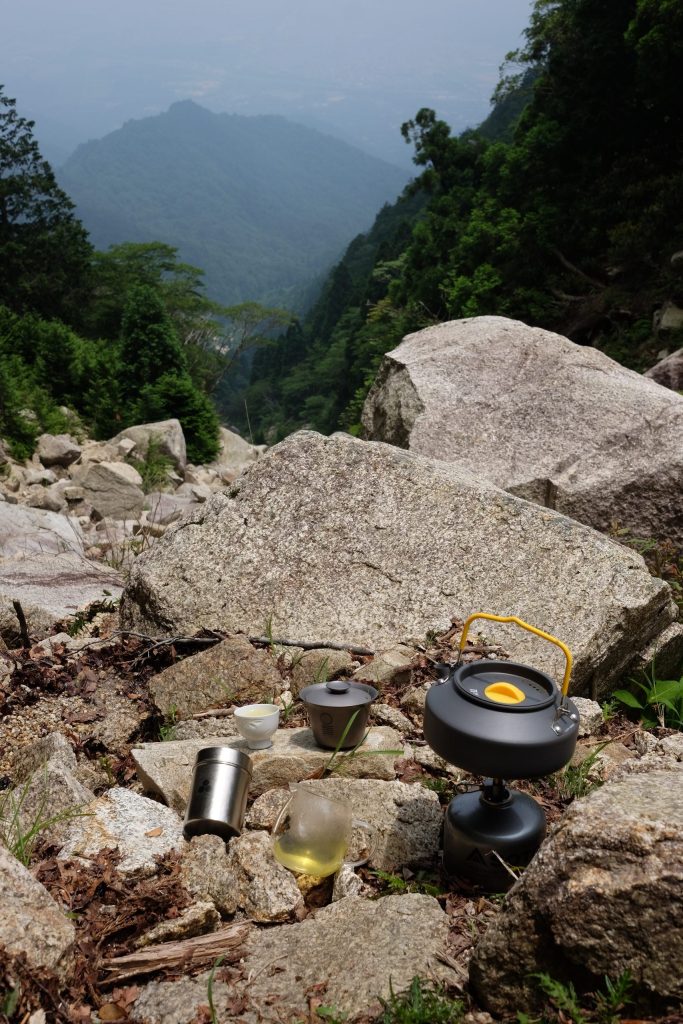
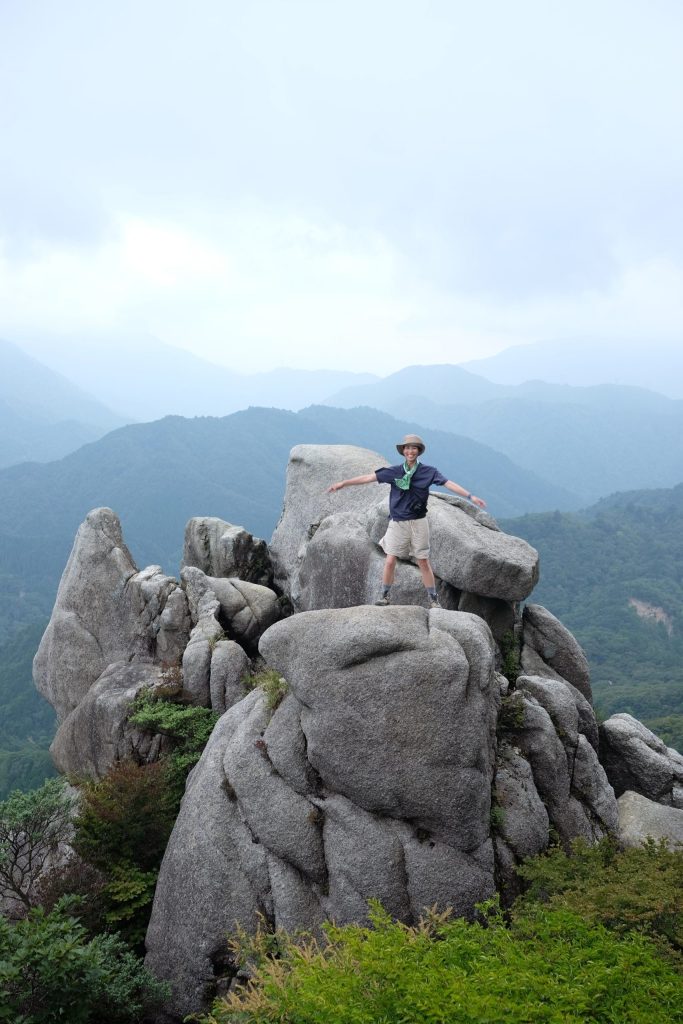
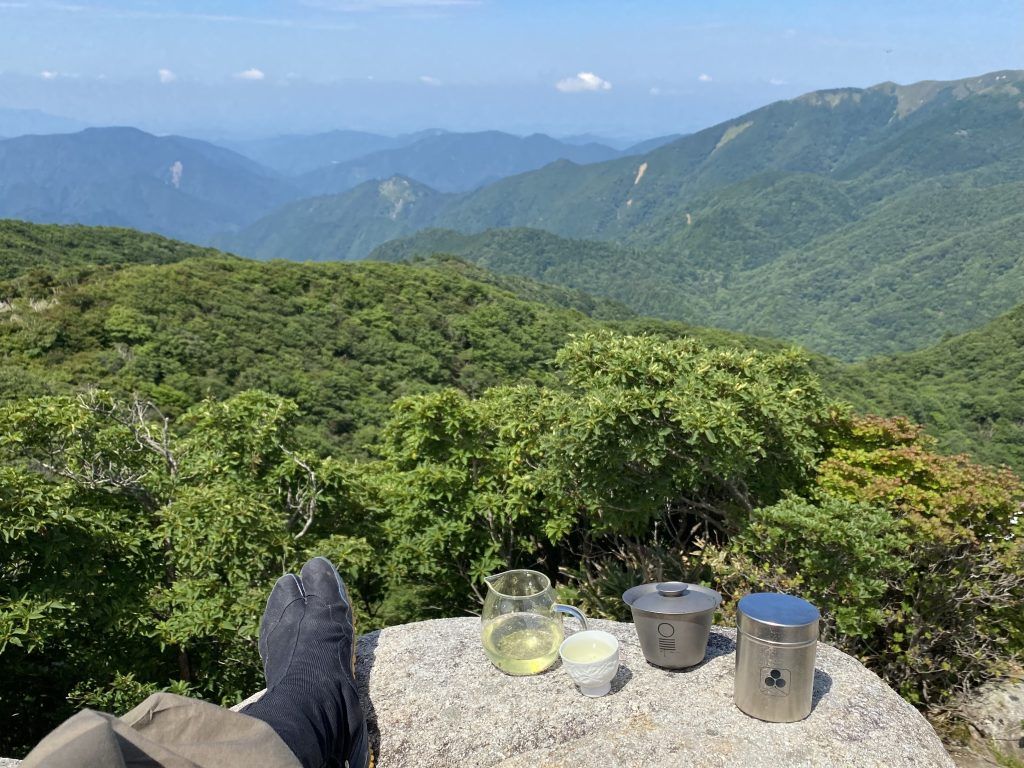
Awabancha in Wazuka?
You might’ve heard of awabancha, the fermented tea from Tokushima, Shikoku. But — surprise! — it’s being made in Wazuka too (apparently). One day off, I wandered into Okeriki, a new hojicha tea house, and across the street spotted a woodcraft workshop I’d always been curious about. On a whim, I peeked inside — and to my delight, Kita-san and Yamamori-san welcomed me with tea and warm conversation. Then I noticed a barrel in the corner. Remembering Pau’s passion for fermented tea and barrel-making (Kioke Kid, not Karate Kid), I asked about it. To my astonishment, Kita-san immediately pulled out a newspaper article saying awabancha-style tea had been made in Wazuka for two years now — soon to be three!
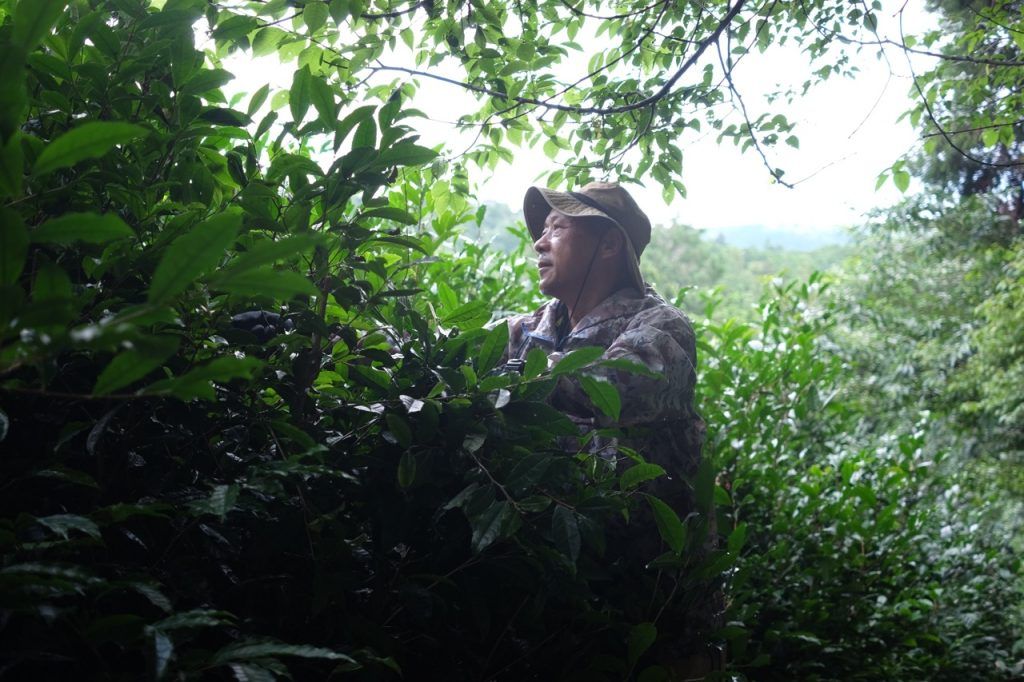
Talk about right time, right place. I was invited to join the local community for this year’s batch, guided by Kubo-san, originally from Tokushima. We harvested leaves in Yubune, and the next day some interns — Zehra, Izzy, Garance, Kira, and KD — joined the fermenting process using a traditional fune roller. After a month of fermentation and three days of sun-drying, we finally got to taste the beautifully mellow Wazuka-made fermented tea.
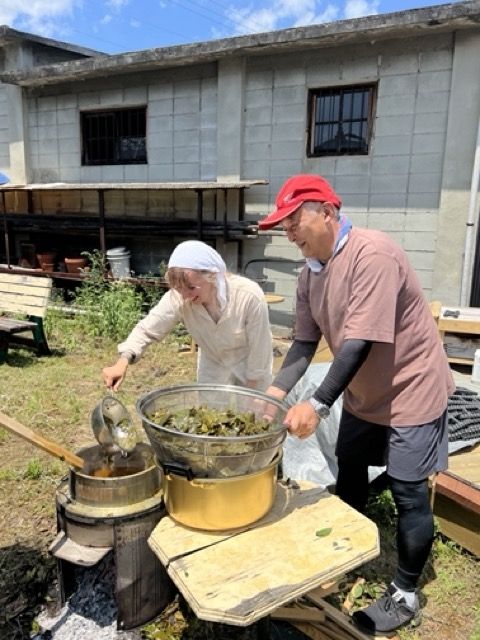
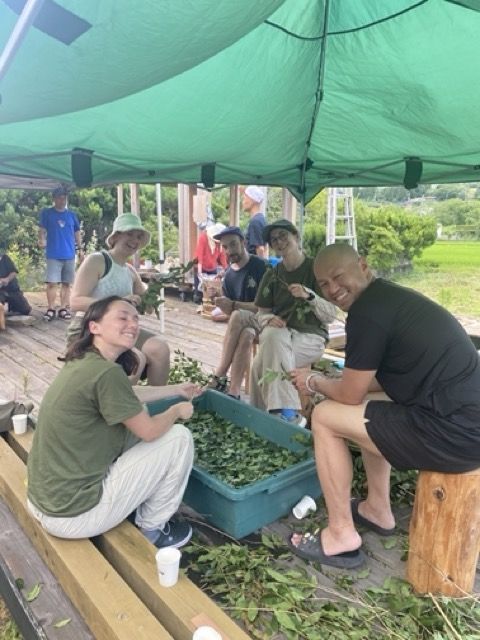
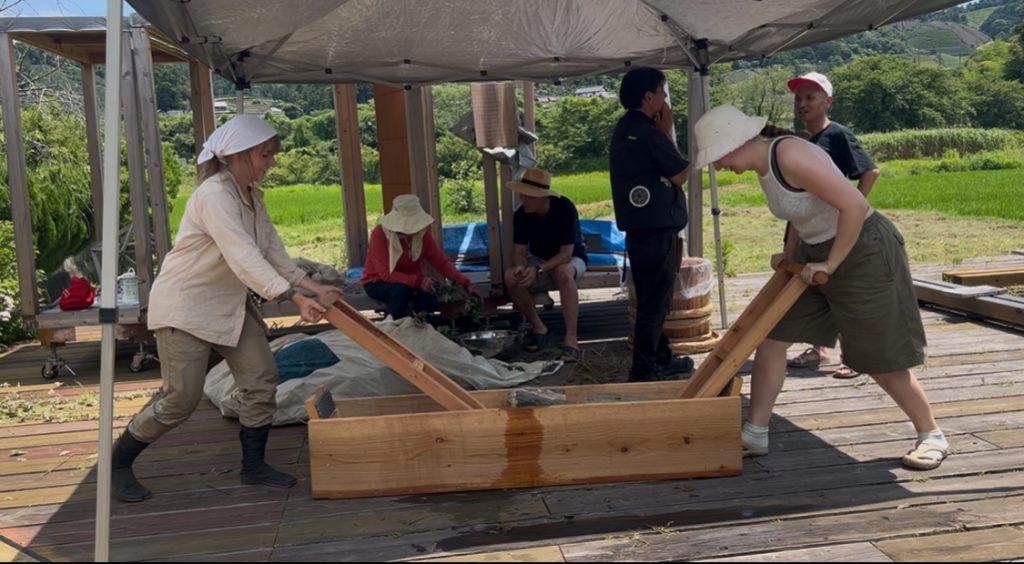
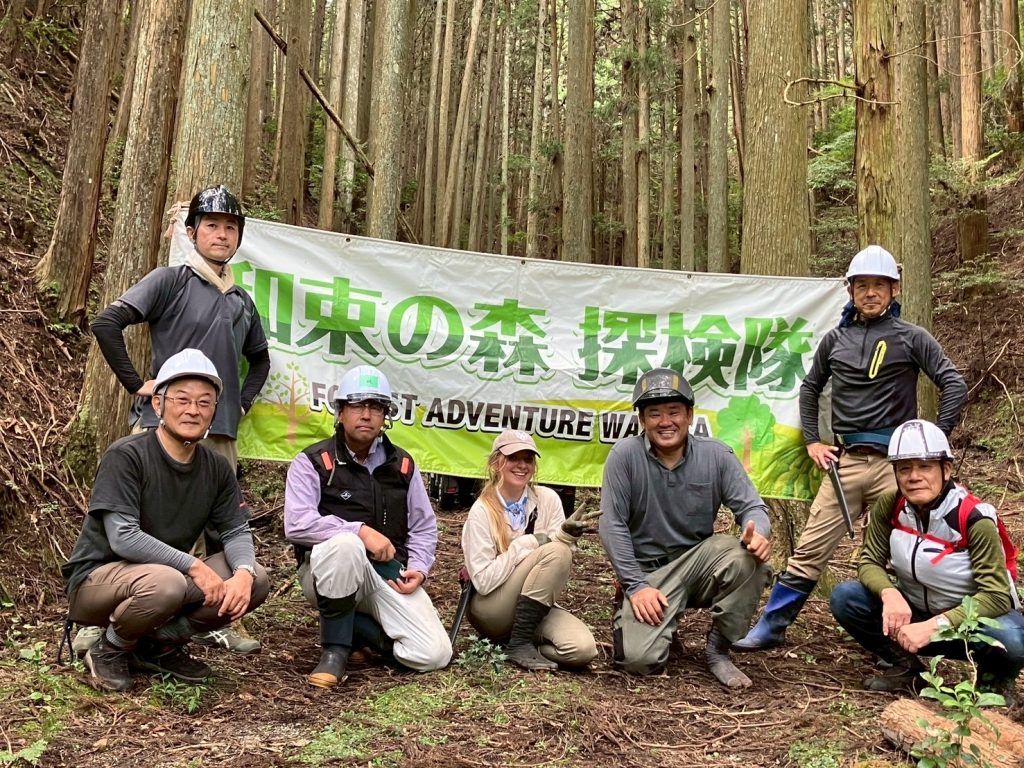
Global Japanese Tea Association’s Conference in Kyoto
Each year, the Global Japanese Tea Association hosts a conference in Tokyo and Kyoto. Obubu sometimes supports the event, and our interns attend to gain new insights. This year, I got to learn from George and Pau about live-streaming setups, camera and mic systems, and all things event tech. There were fascinating presentations — on tea DNA, Hokkaido-grown tea, and even a program where Japanese students travel abroad as “tea evangelists.” We met many knowledgeable and inspiring professionals, so it was a great day!
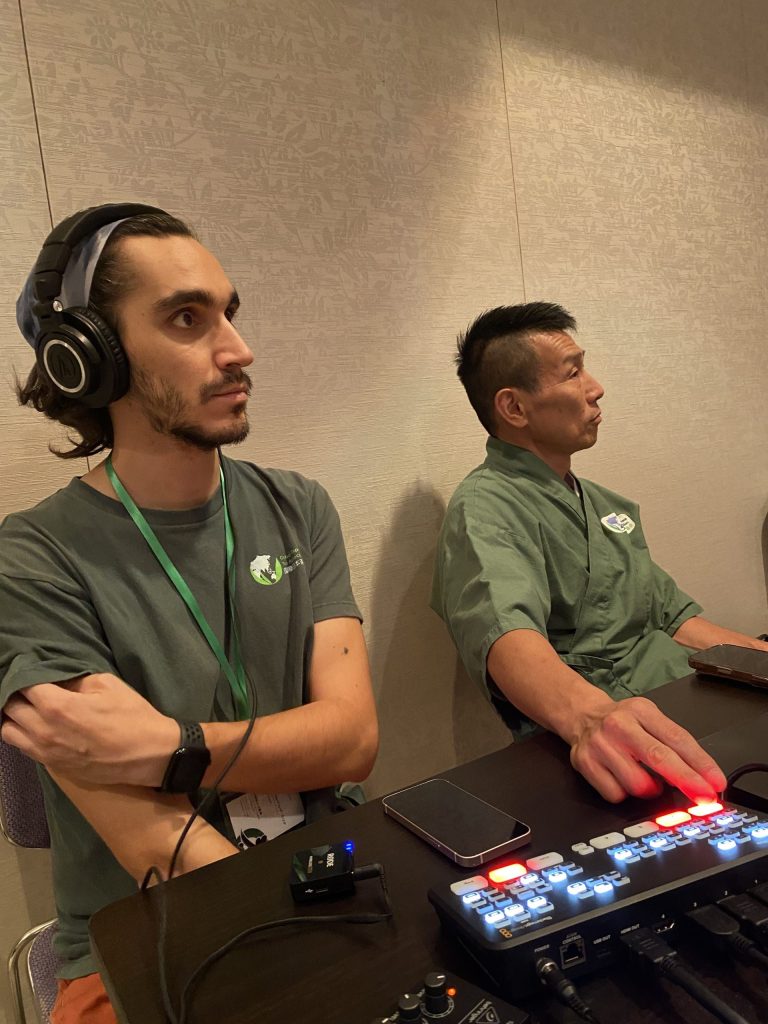
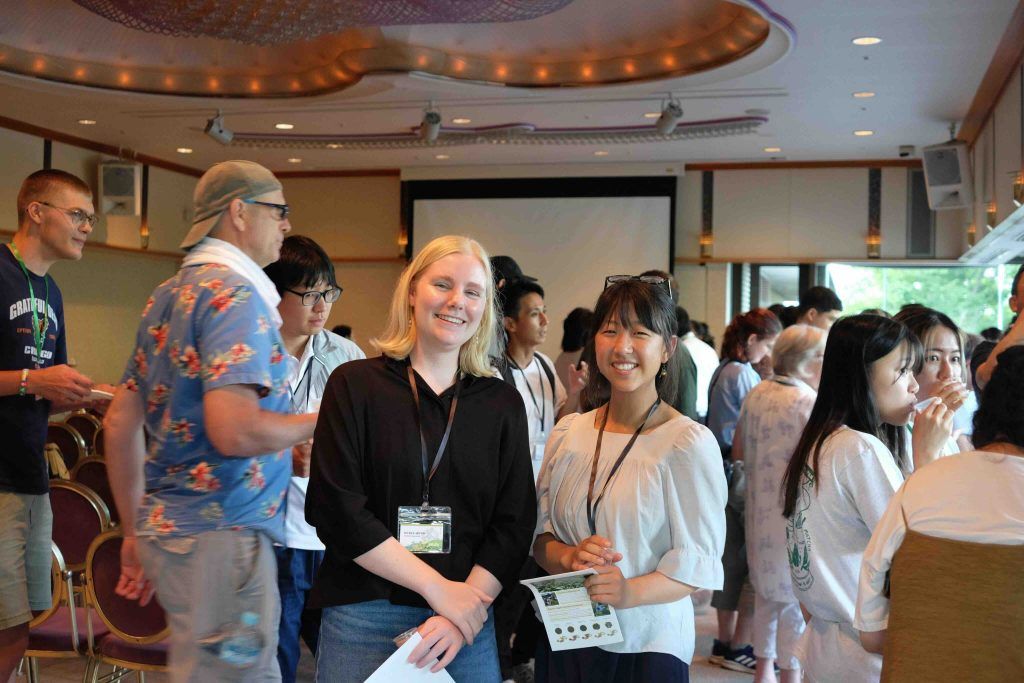
Tea Field Photoshoot
A photoshoot with Tran definitely reignited my drive for creative tea field project ideas (also, thank you intern George for entrusting me with your uncle’s vintage gem aka Fujifilm that I will treasure for a lifetime and more). Tran is a natural model — radiant on camera — so photographing her was pure joy. Get your jikatabi on and hop on the keitora! We gotta beautiful places to see!
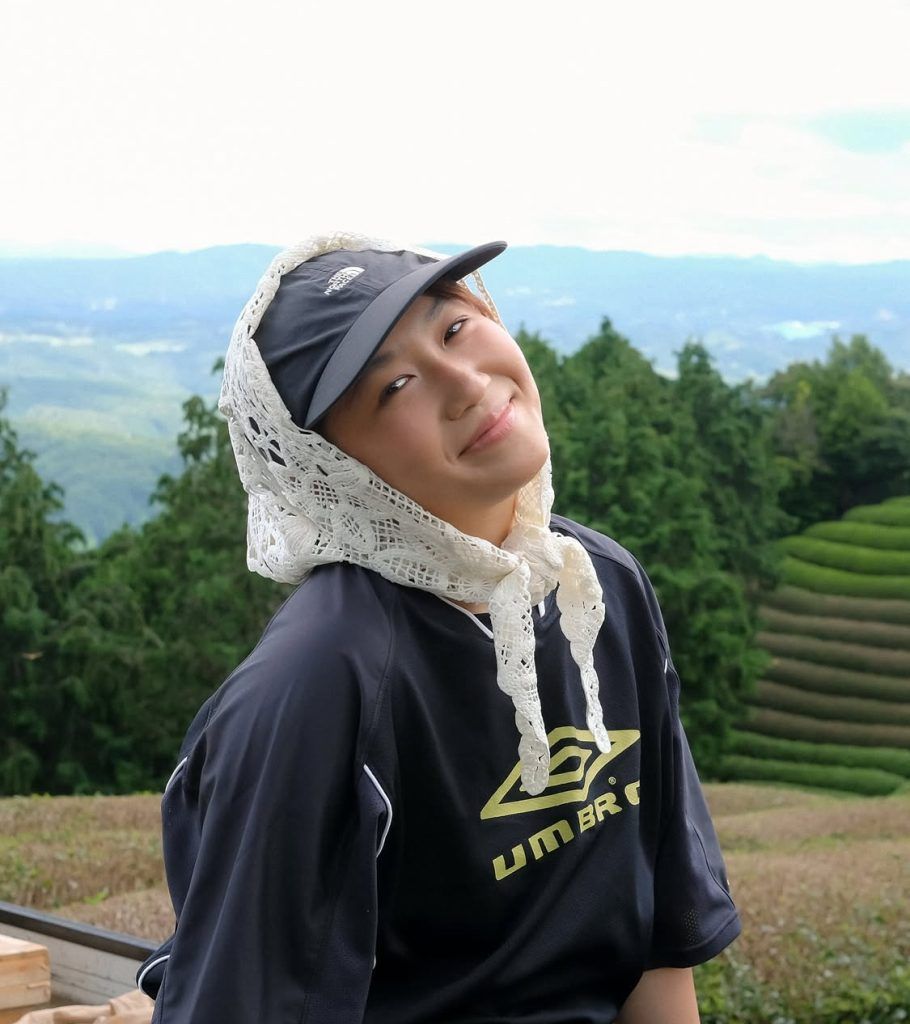
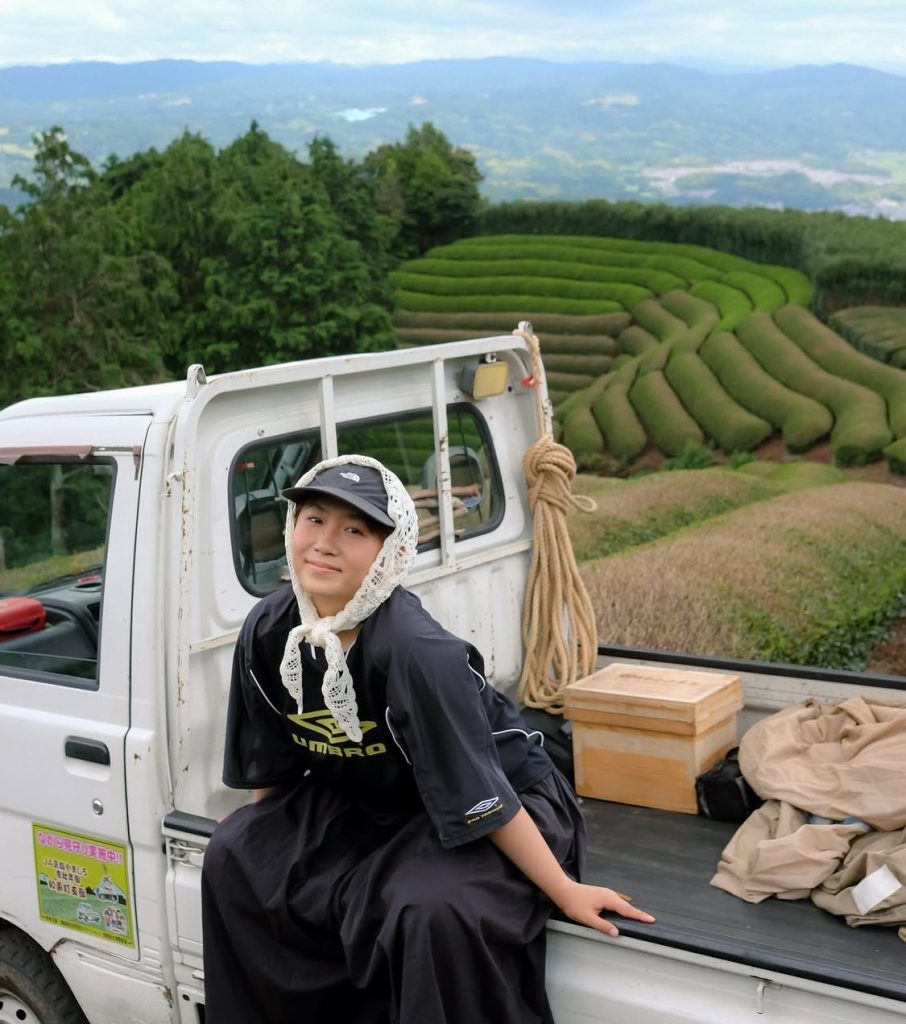
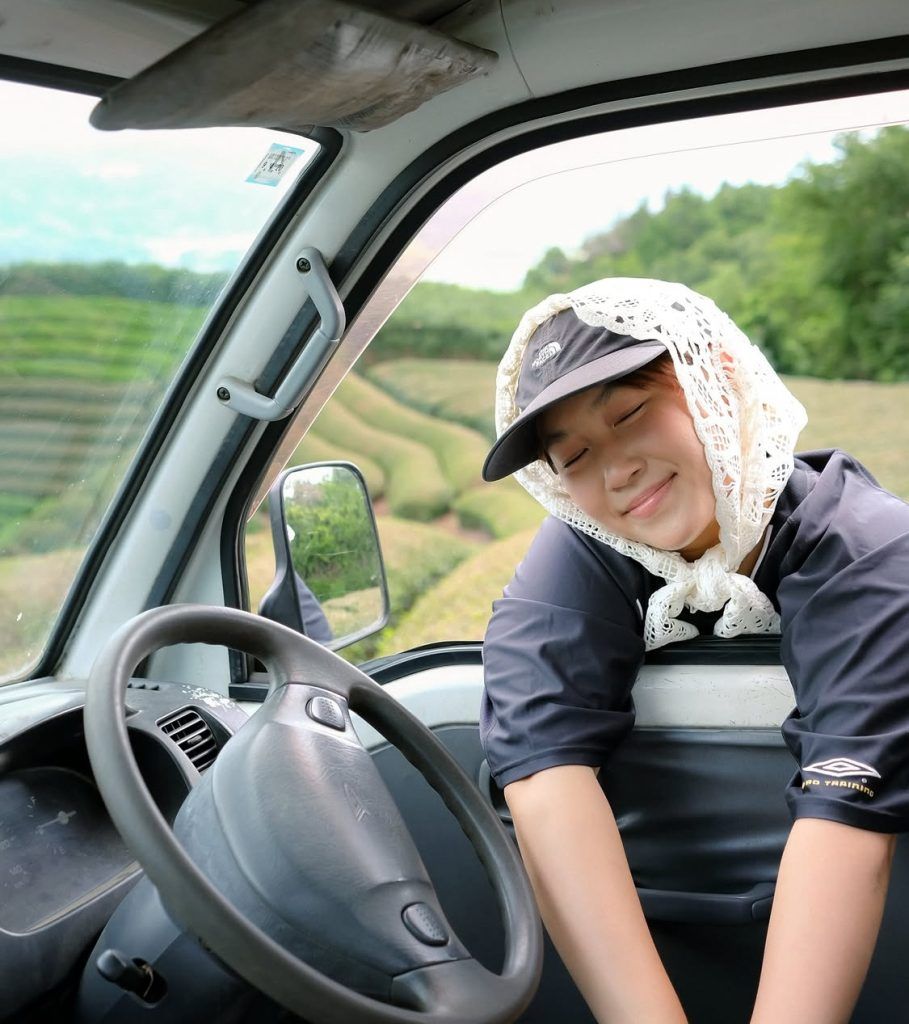
Black Tea Making
Every year, Akky-san makes Pine Needle Wakoucha — a needle-shaped black tea. Before we began our own black tea making adventure, I got to watch his process behind the scenes, which was fascinating and insightful. In August, we made black tea ourselves — a four-day journey with Marilena, Marusya, Milan, Mareike, and Trey. It began with a night of hand-rolled sencha (temomi) and ended with three days of wakoucha making from Aoi Mori’s natural Okumidori leaves. Words can’t capture the sense of adventure and camaraderie — working with the raw, living elements of tea, in rhythm with each other and the leaves. From weeding quests to harvesting 73.6 kilograms of fresh leaves, from hauling them down narrow mountain roads to dividing them carefully for each of us to explore our own artistic process — every moment was precious.
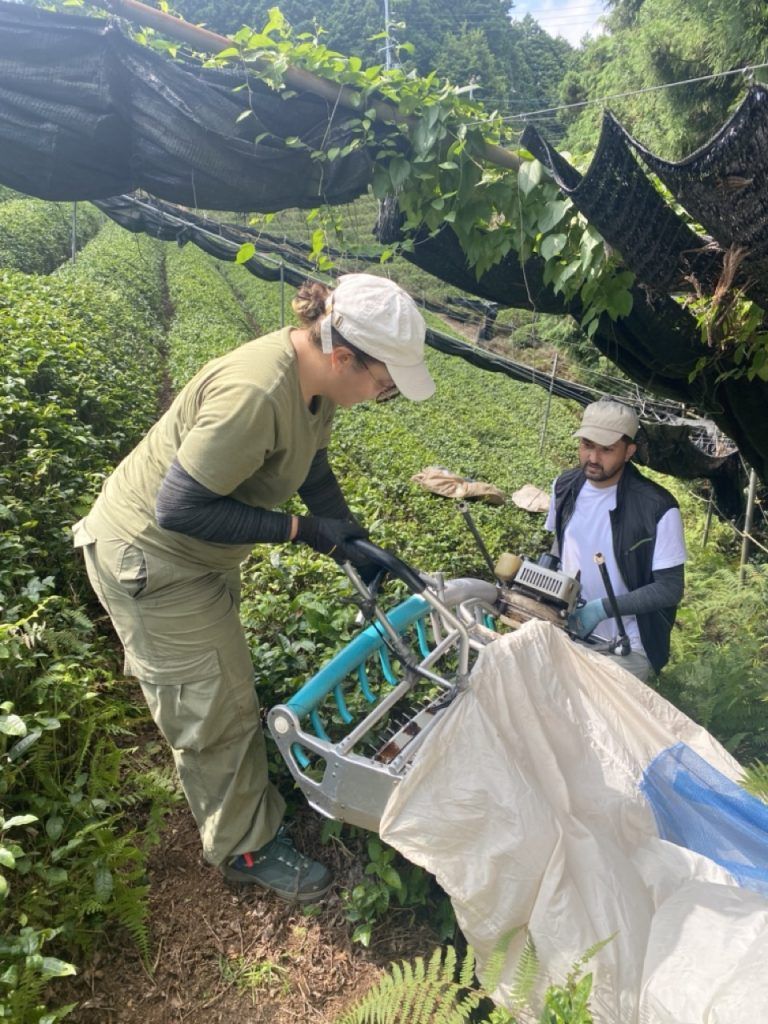
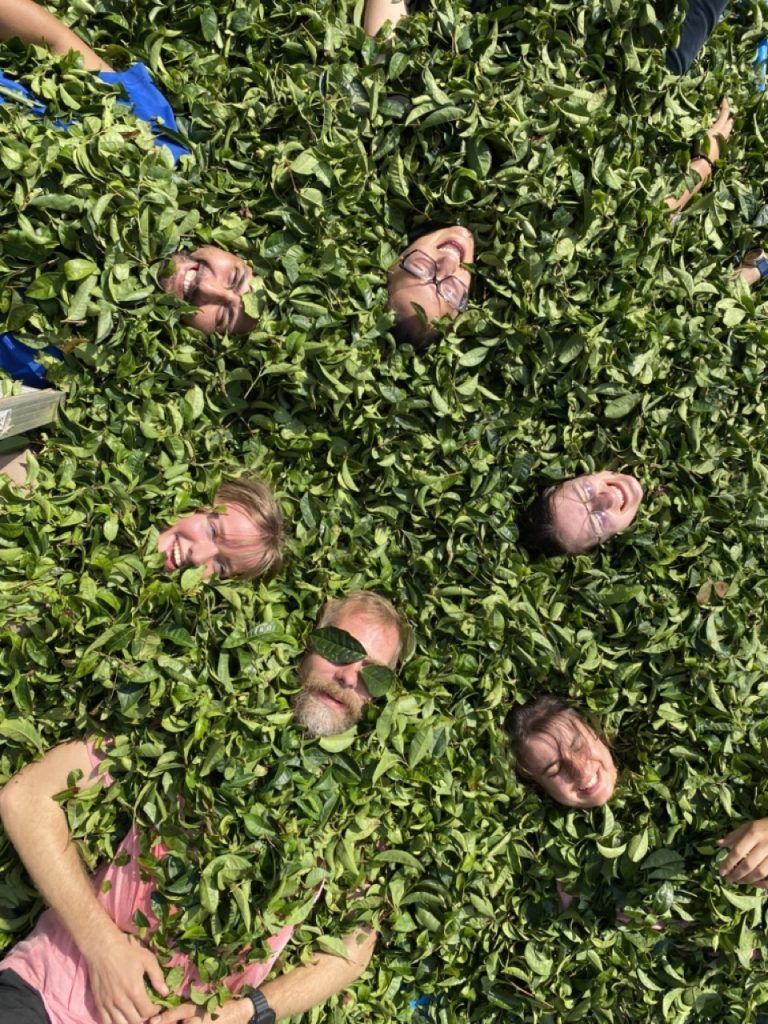
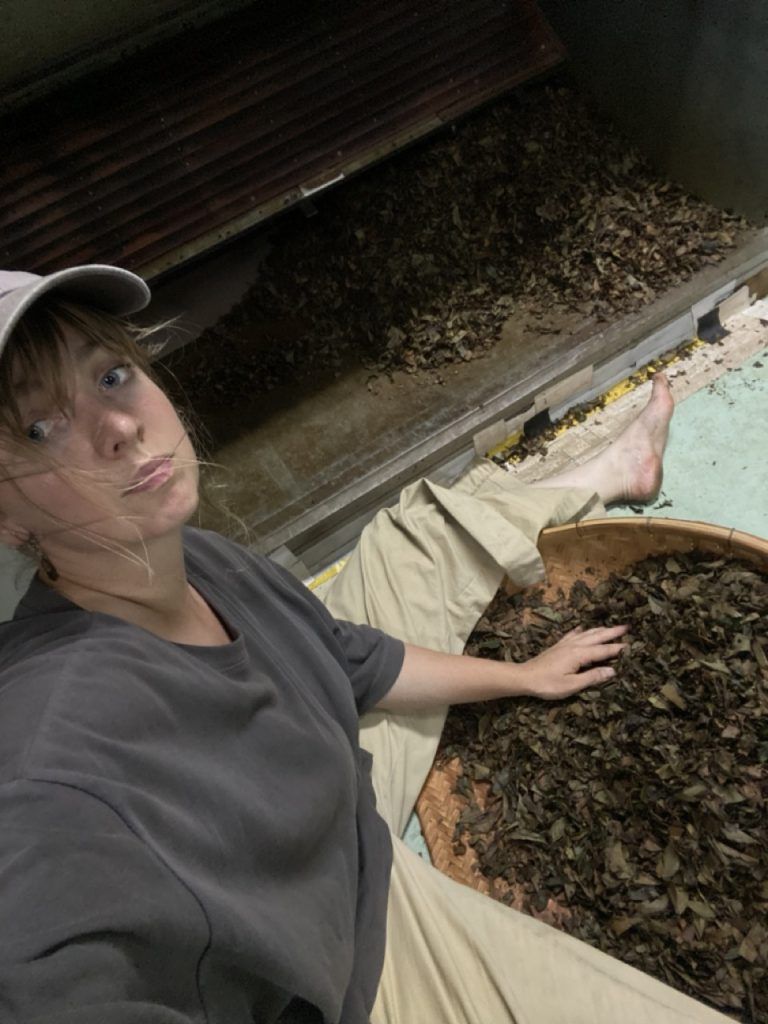
We tossed leaves like children, rolled them on bamboo mats beneath an open sky, and hoped to catch a shooting star. I didn’t see one, but honestly — what more could I have wished for? The oxidation chamber (aka my camping tent) might deserve a patent by now, lol. The tossing gave the leaves a fragrance of sweet pear candy. There were late-night talks with Marusya and Milan on the factory floor — rolling, sorting, listening to Izzy’s Kyobancha playlist. After so many precious memories, that factory now feels like a sacred, steaming art studio.
By the third day, we were off on a kei truck drone-footage quest for Milan’s project — a little side adventure — before returning for the final drying and packing. I definitely made mistakes here and there. Instead of the deep red, needle-shaped wakoucha I envisioned, my tea turned out slightly fruity and very light. Still, the most important thing: we learn, and we do better next time. The real treasure was sharing the process together.
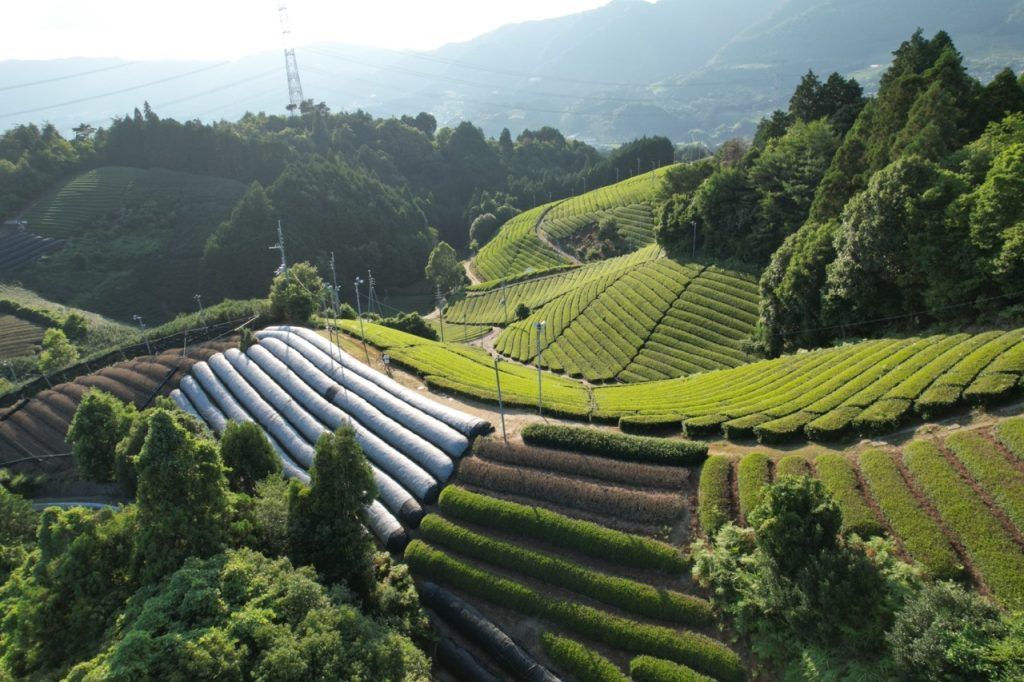
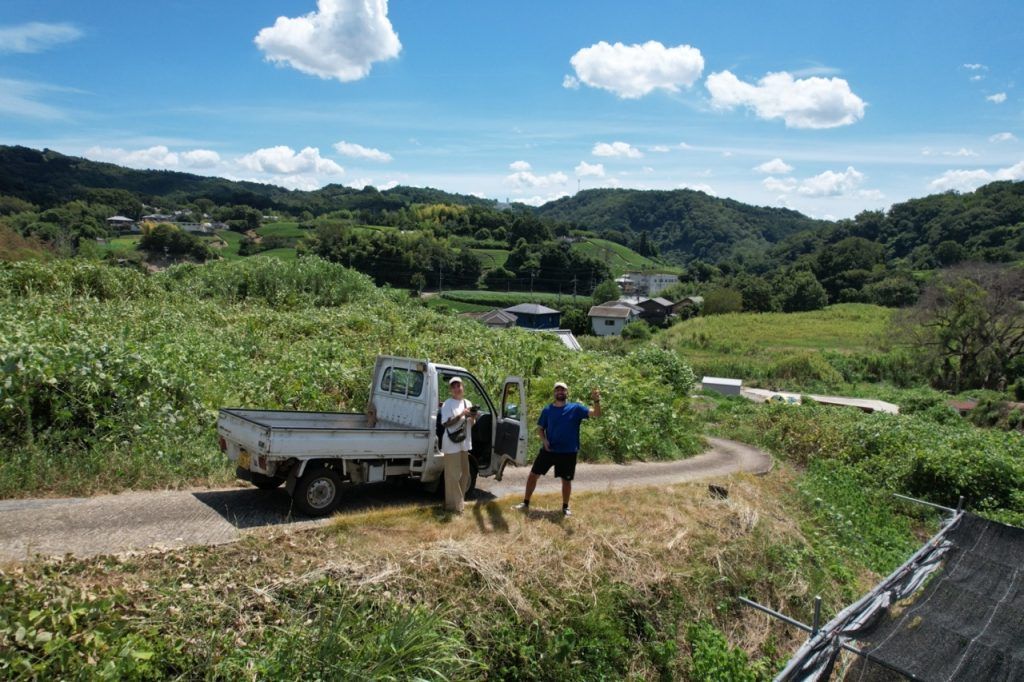
Holiday Getaway
I was blessed with a visit from my younger sister, so I designed a wild itinerary across six prefectures in eleven days — walking at least 120 km in the Japanese summer heat. (I can already feel readers sighing in relief that they’re not my sibling.)
We explored everything from Osaka’s neon lights to Nara’s deer and Great Buddha, to Wazuka’s tea adventures. Her favorite part? Wazuka — especially riding in the back of the keitora to Aoi Mori and our adventures in Tenku, Somada, and Monzen. Dinner at Tanpopo and karaoke in Sakura with Andreas and Akky-san sealed the deal. It felt full circle — my first tea field EVER was Aoi Mori, and now it’s hers too. Proud big sister moment.
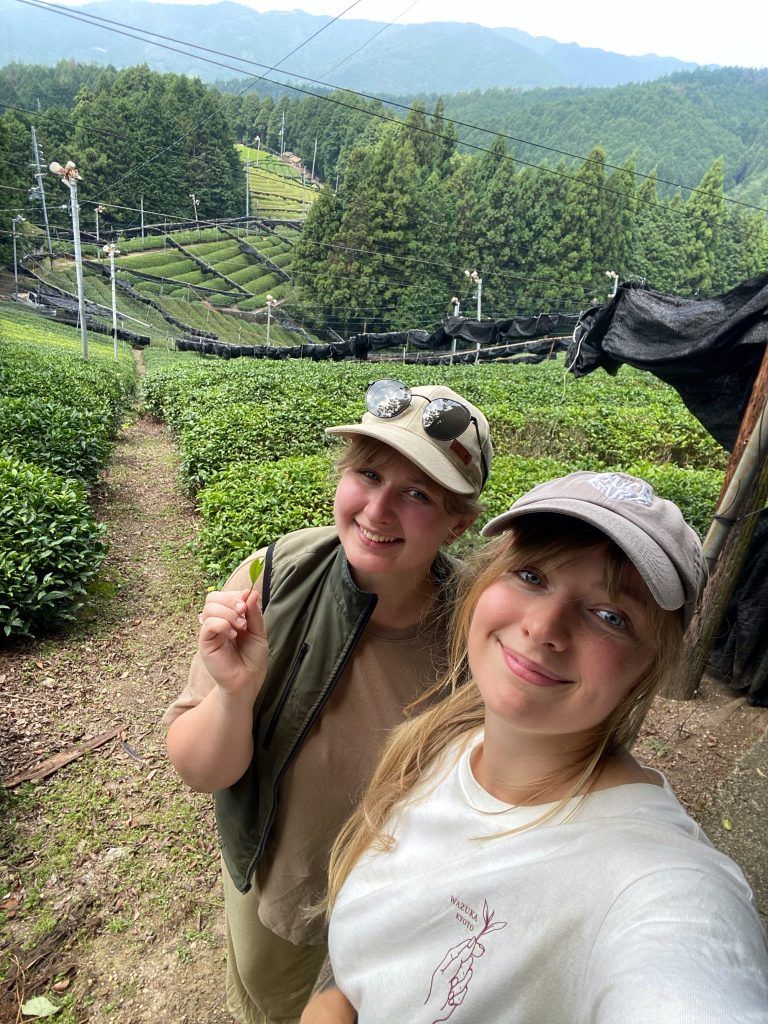
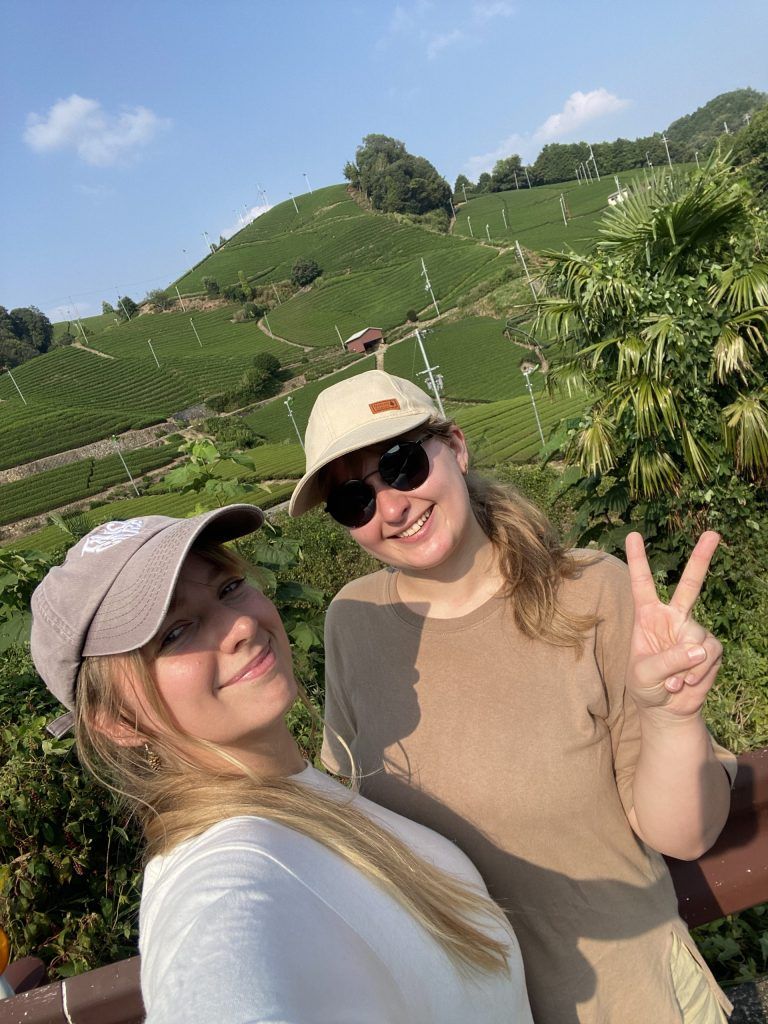
From there: batting cages in Kizu, baseball match in Kobe, kimono walks in Kyoto’s temples and bamboo forests, beaches at Amanohashidate, and a visit to a tea house built inside an old funaya (boat house) in Ine, serving Taiwanese teas. Then came my favourite part — the mountains! We hiked Tateyama in Toyama’s Northern Alps, brewing Obubu teas (Sencha of the Gushing Brook, Wind, and Spring Sun) at 3,003 meters — my highest Wazuka tea brewing yet. We even soaked in Japan’s highest onsen near Mikurigaike (2,410 m) and attended the Owara Kaze no Bon festival in Toyama city, followed by archery and the open-air Hida no Sato museum in Takayama.
So yes — “Enjoy Japan” accomplished!
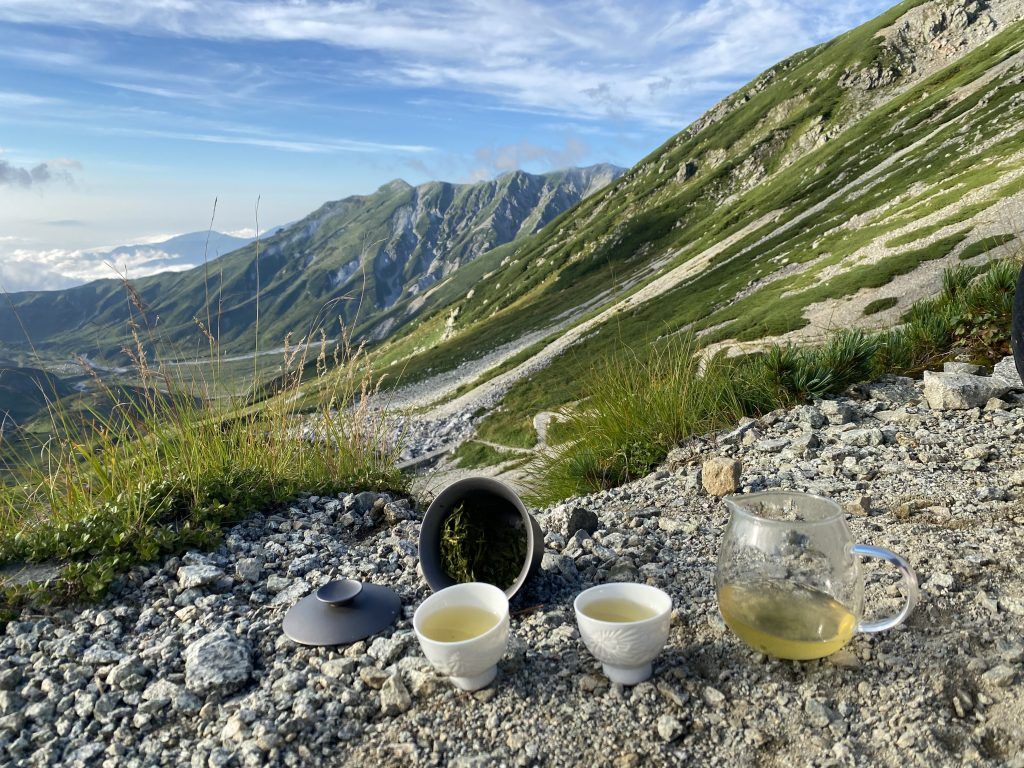
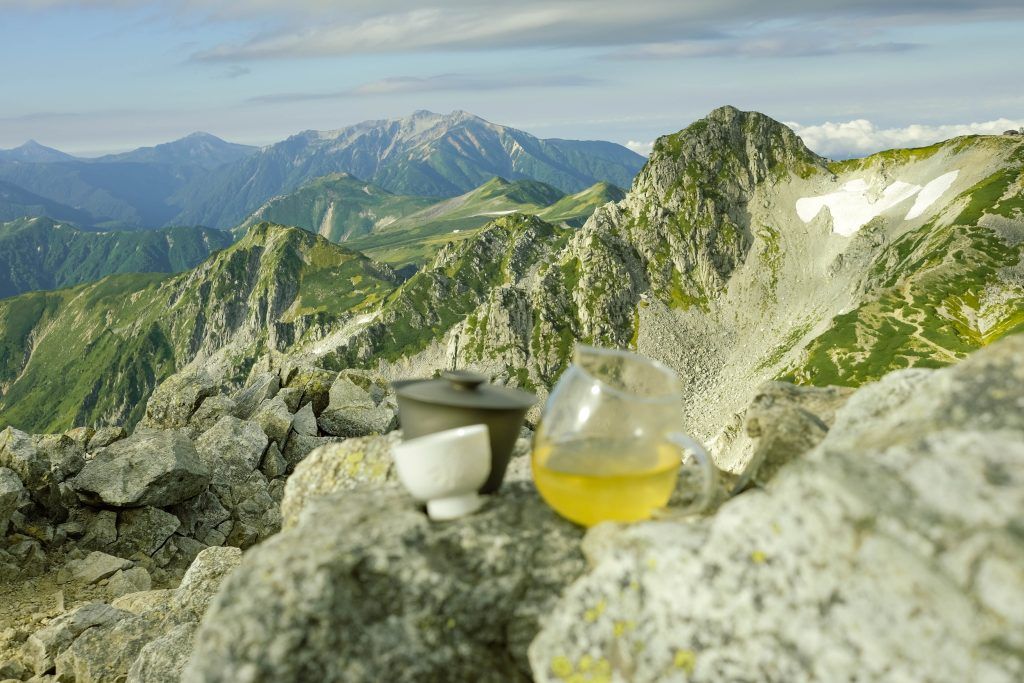
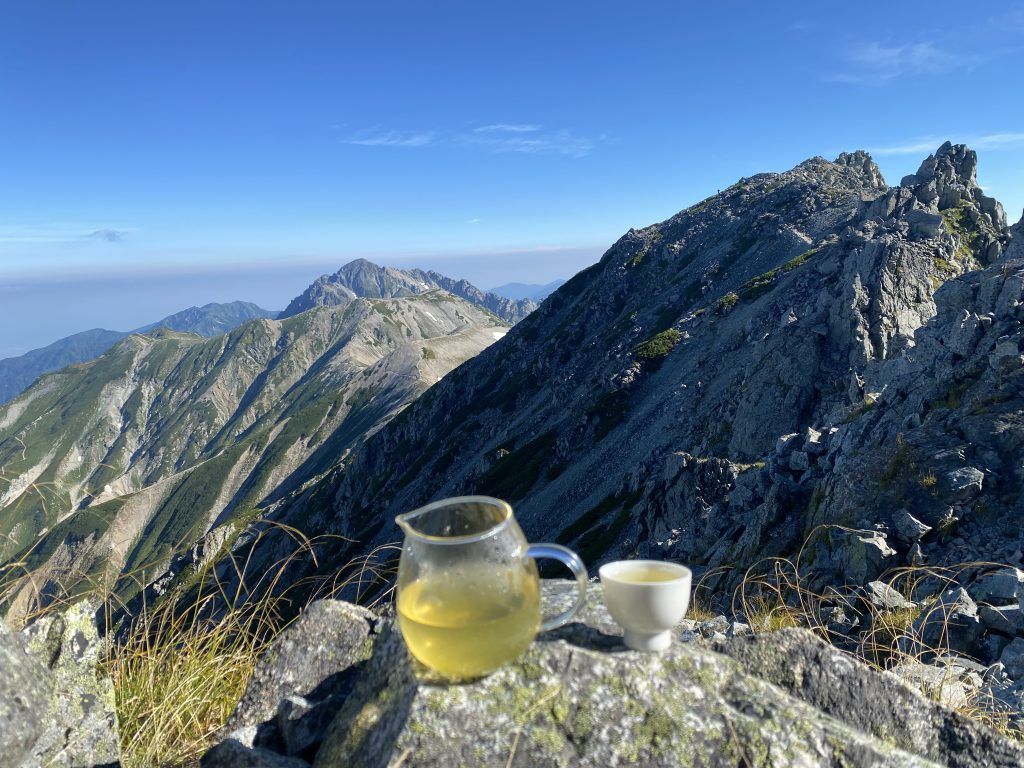
I suppose this concludes my summer at Obubu — and nearly a year as assistant manager here. As I write this, I’m at a gasshuku menkyo (driving school camp) in northern part of Kyoto Prefecture for nearly three weeks, finally working toward my Japanese driver’s license. Done entirely in Japanese — so it’s been a two-in-one: language and driving school! Once I graduate, I’ll have my Assistant Manager graduation the very next day. But that’s another story.
As much as I’ve tried to be thorough with my blogs, it’s impossible to capture every wonderful detail of life here. I wish I could mention every single precious memory with every staff member, every assistant manager, and every intern. Each shared moment was a real treasure. Even if I couldn’t include them all, I hope this gave you a glimpse into my Obubu experience — so maybe, just maybe, you could relive a bit of it too. Thank you for reading! :)
